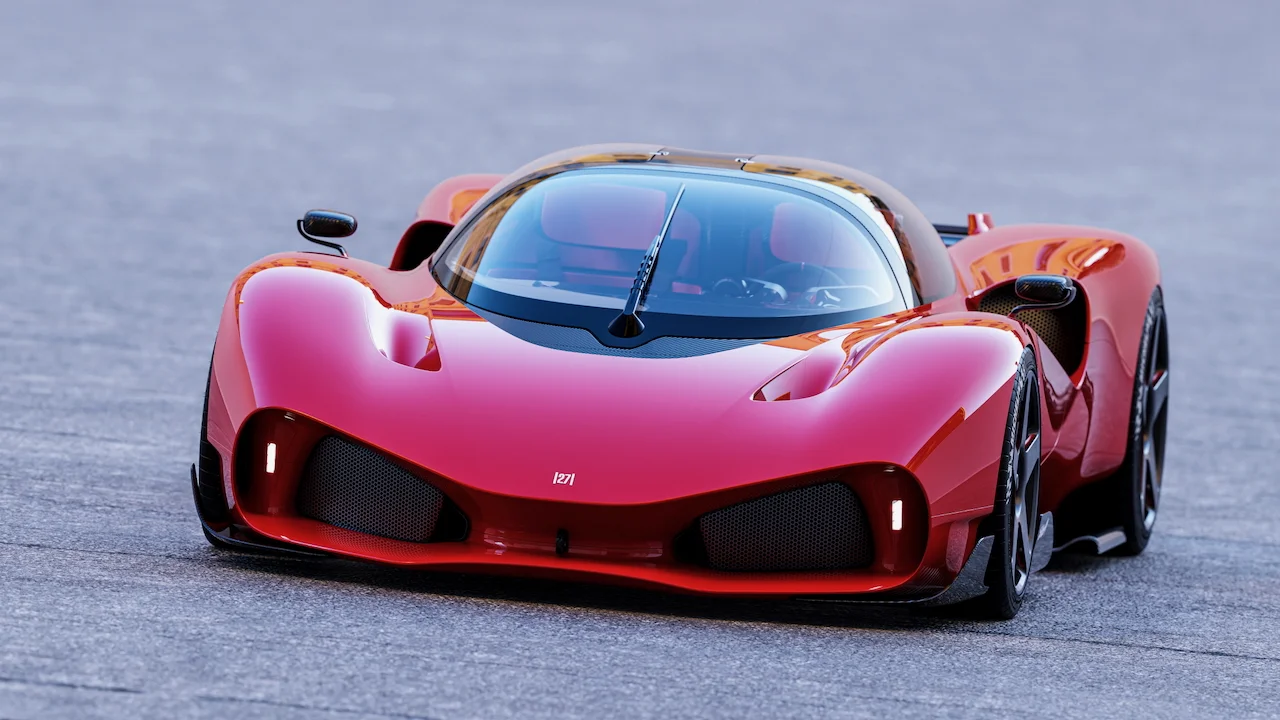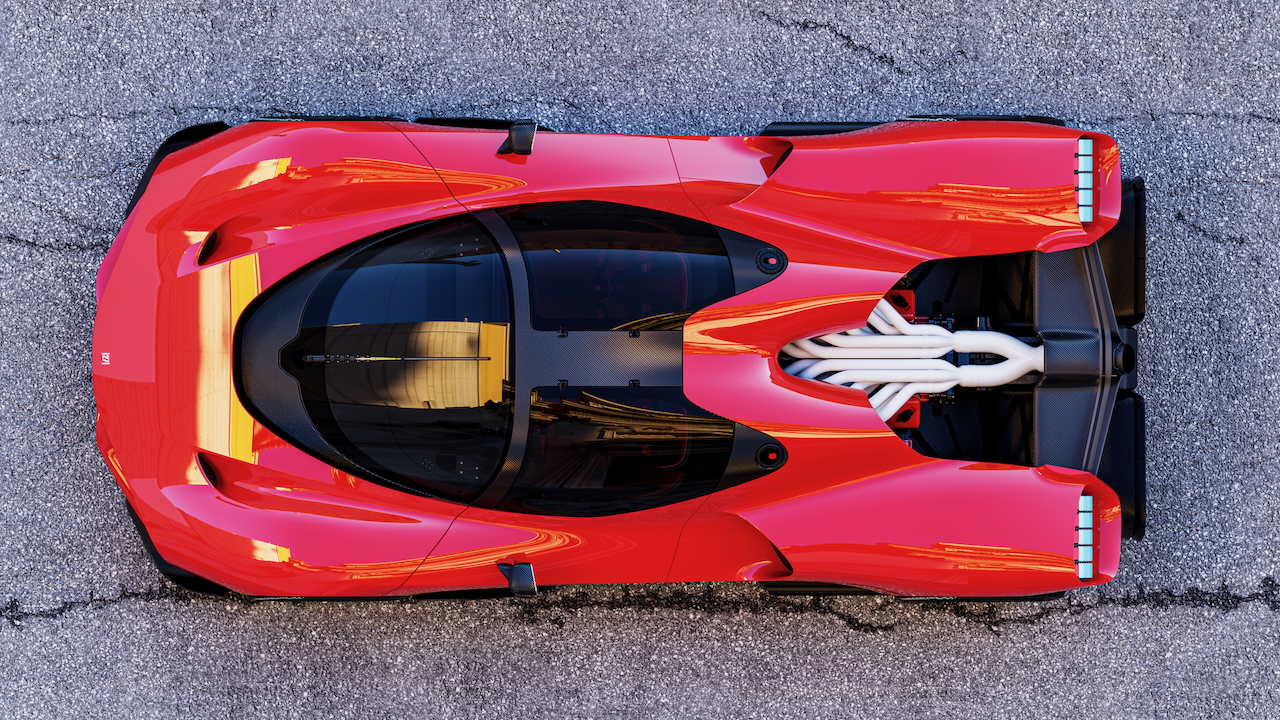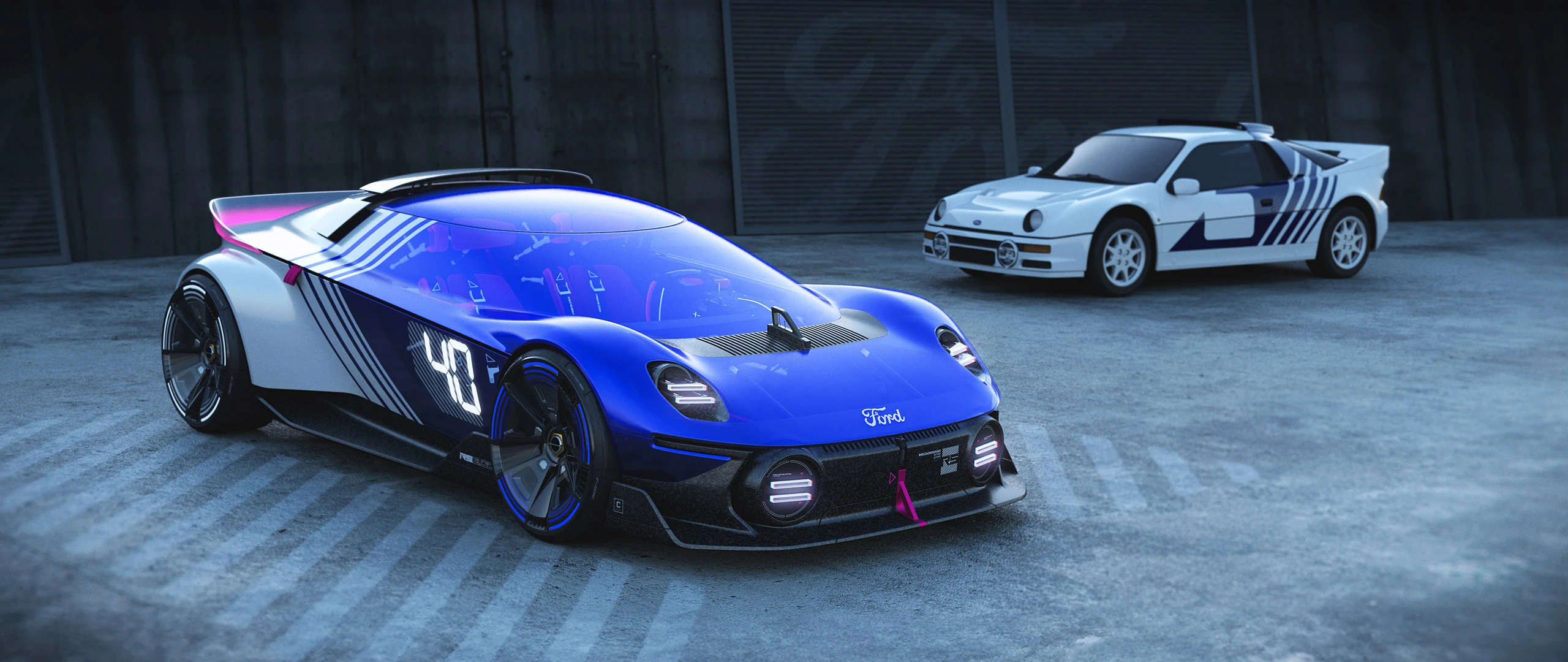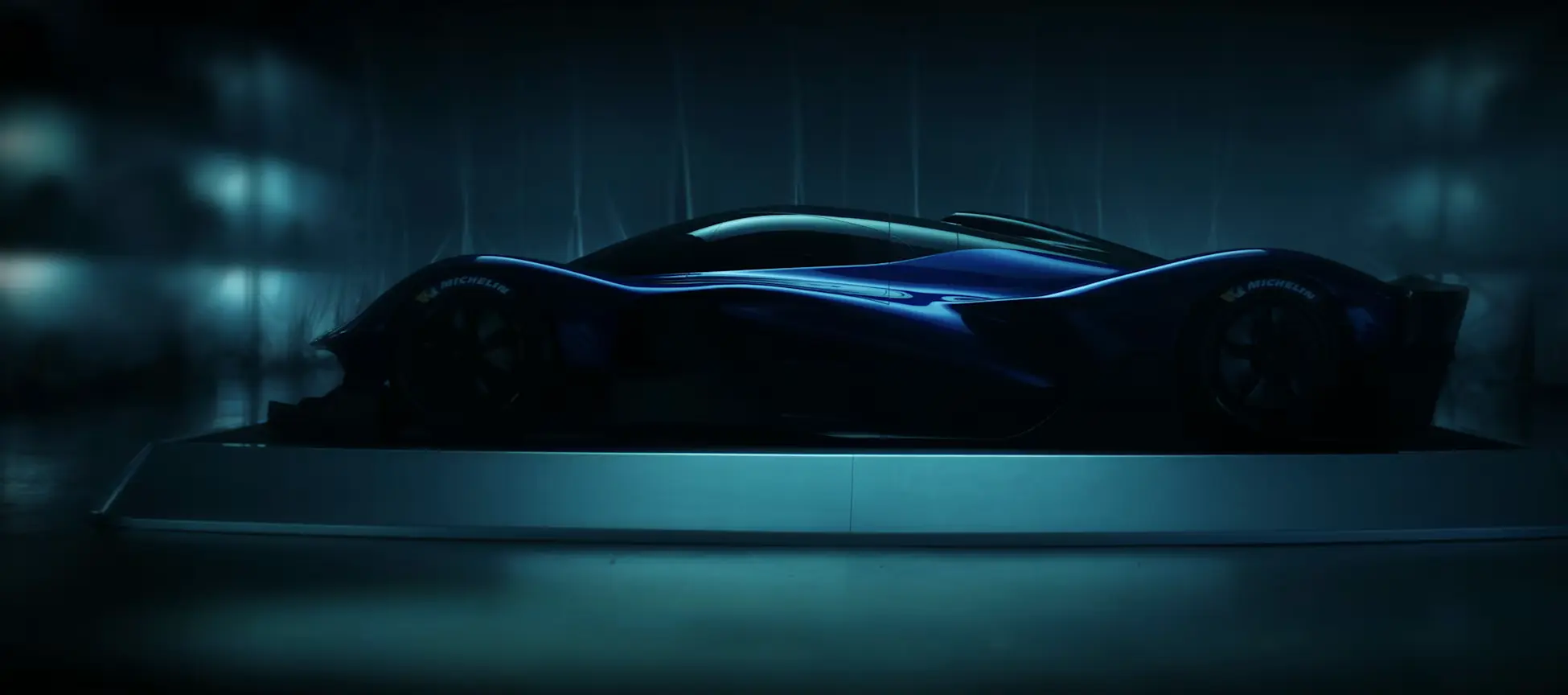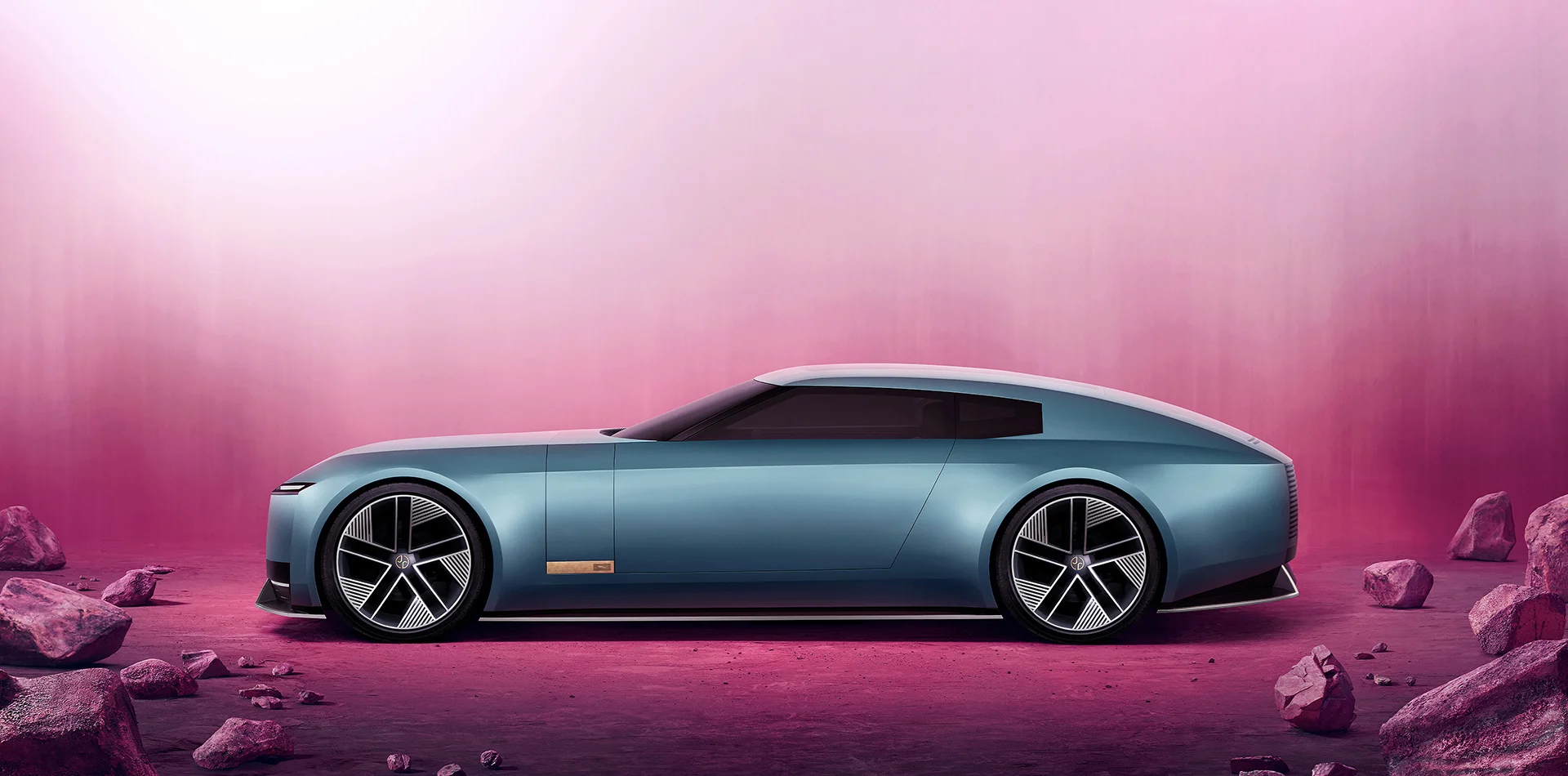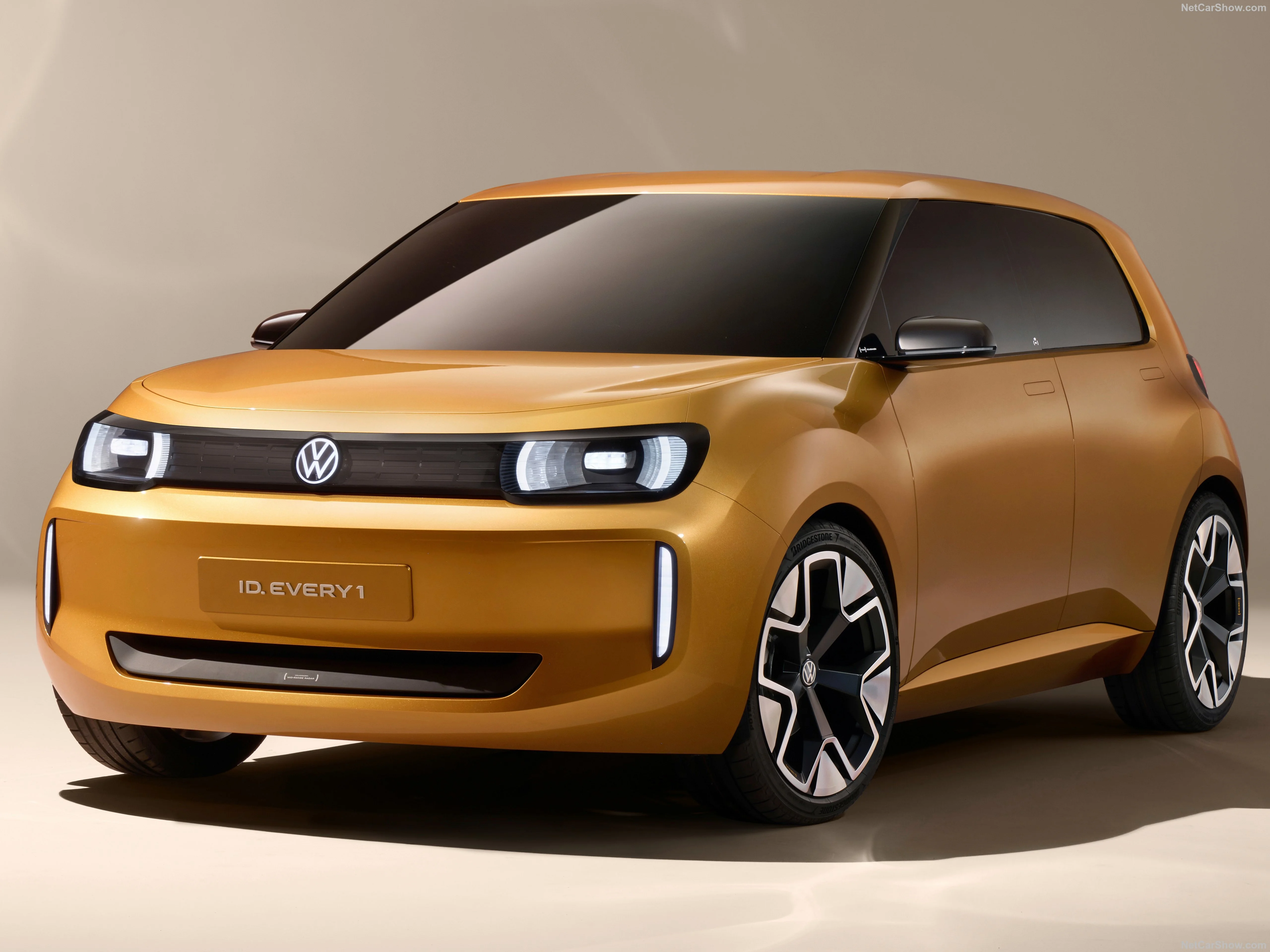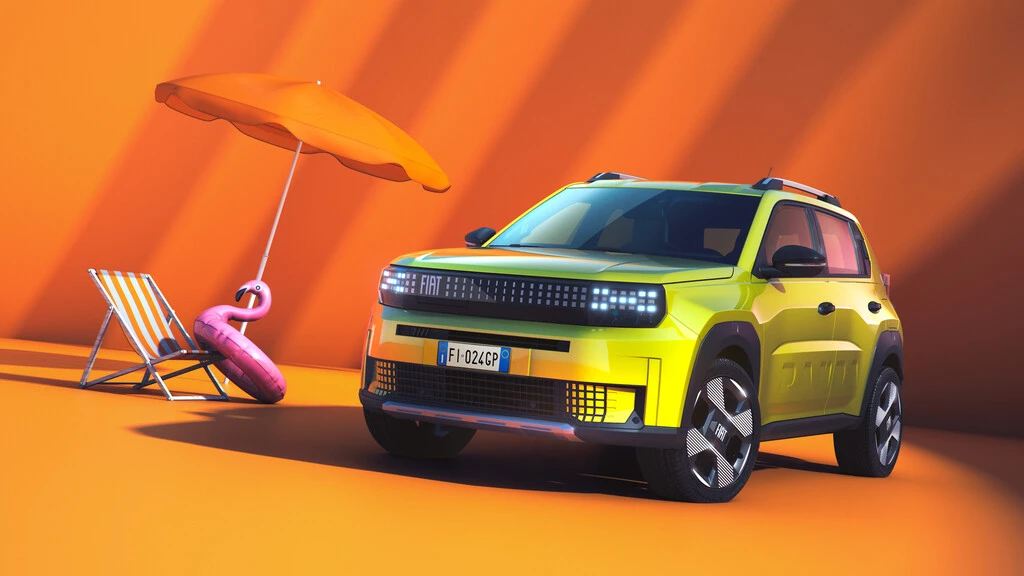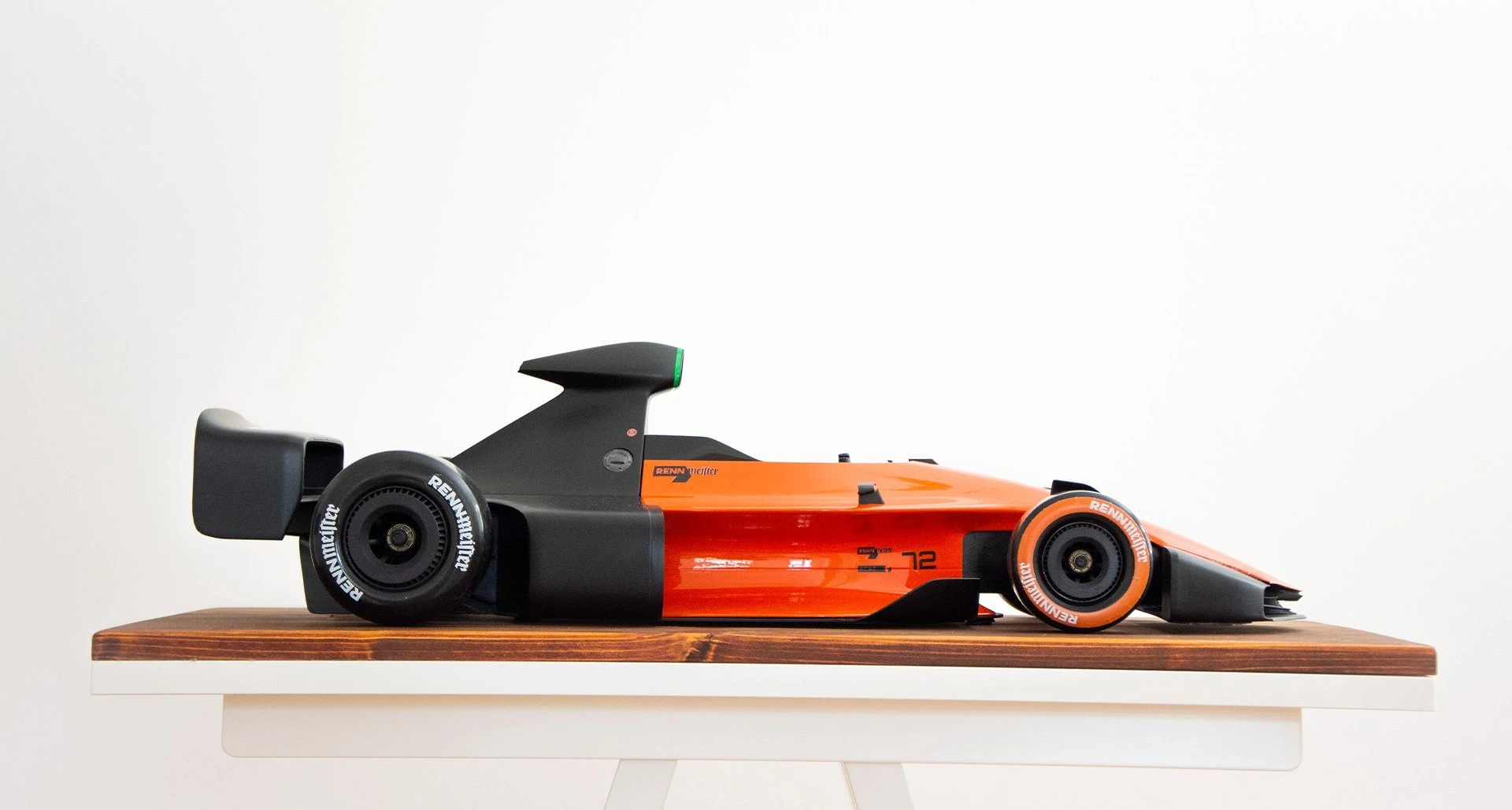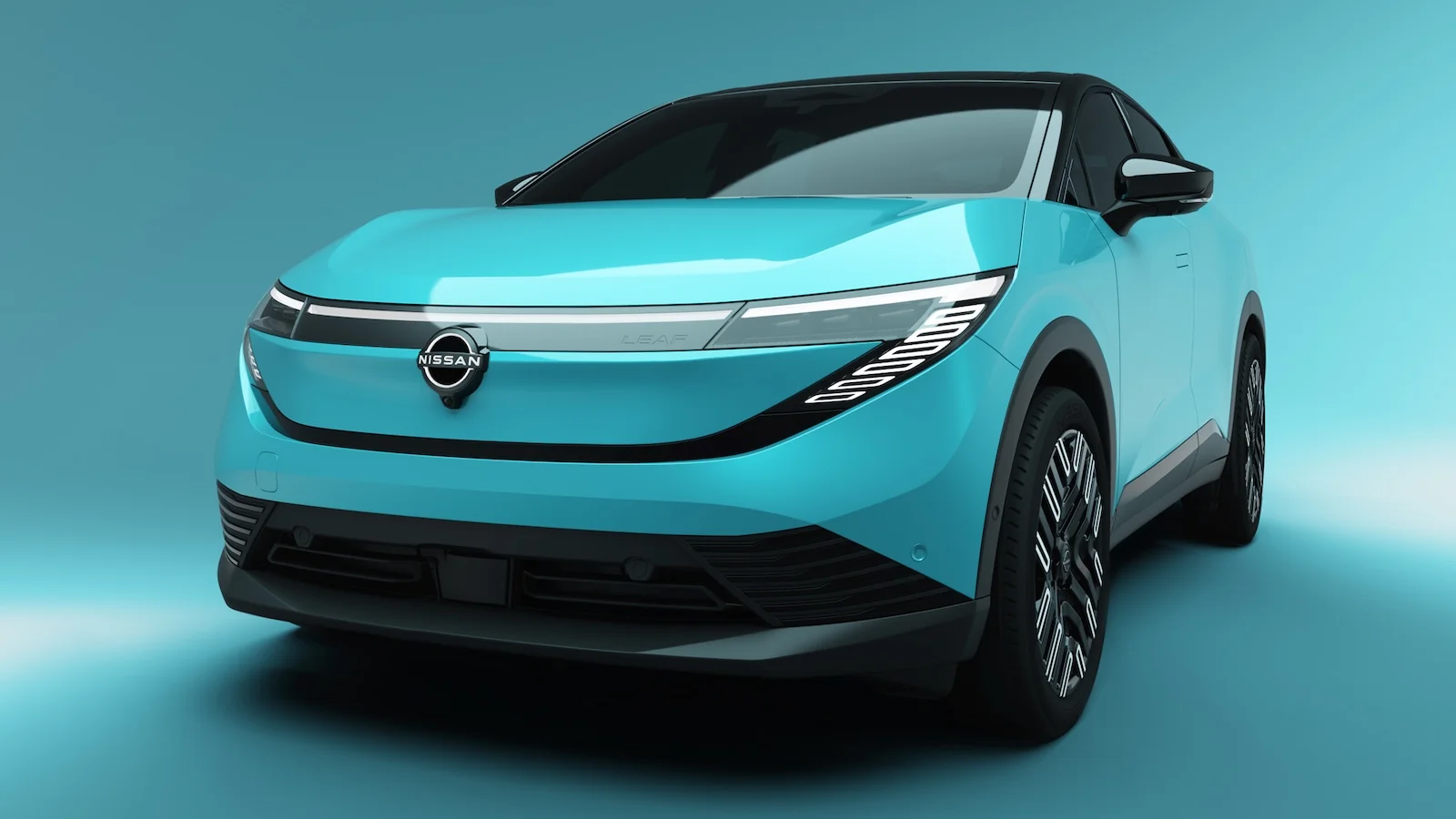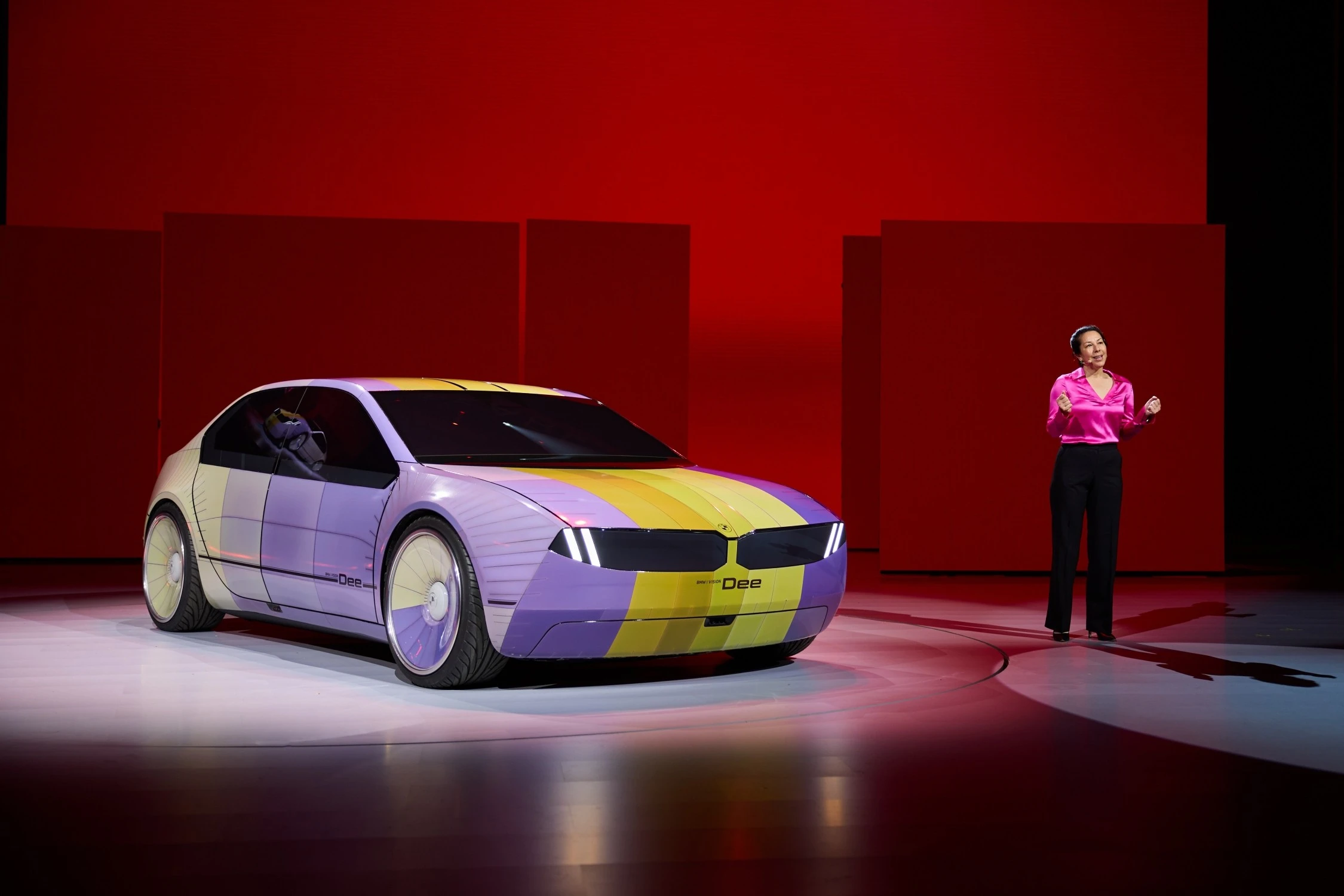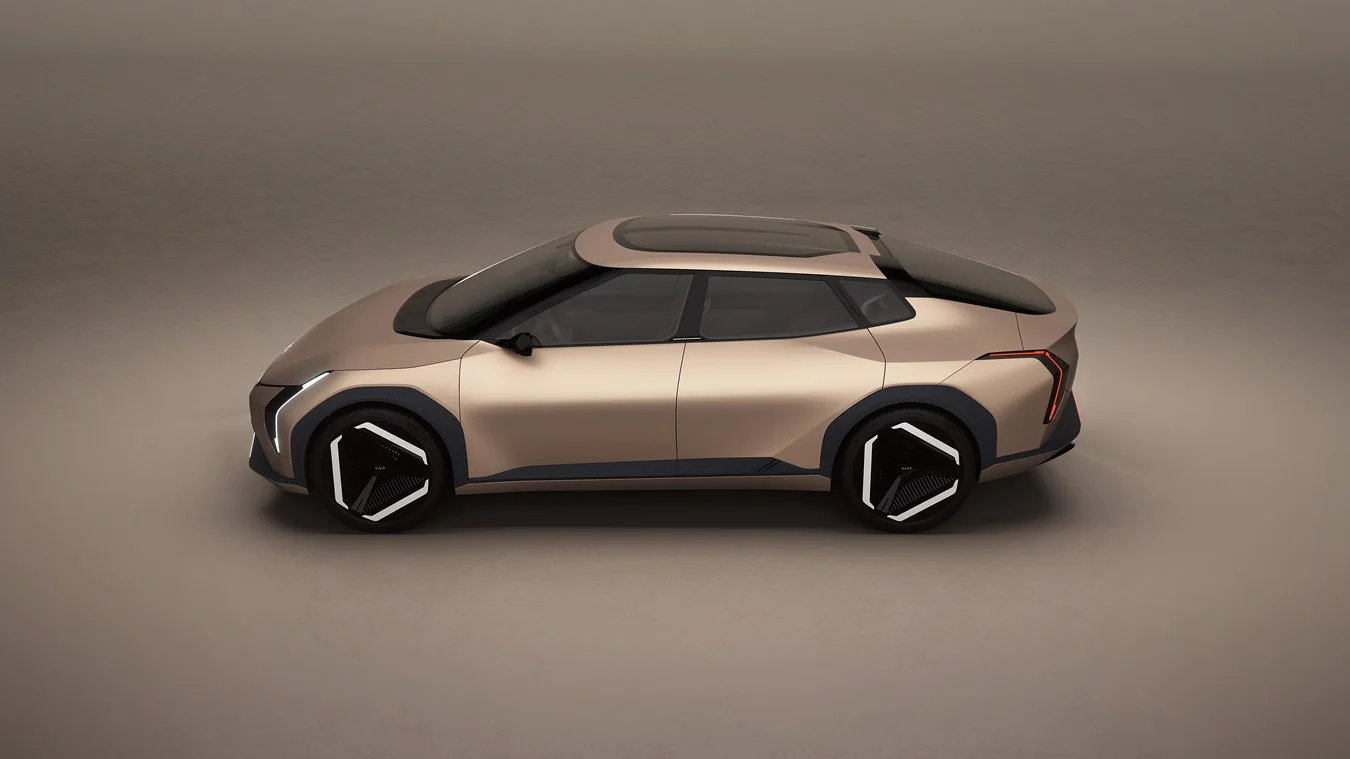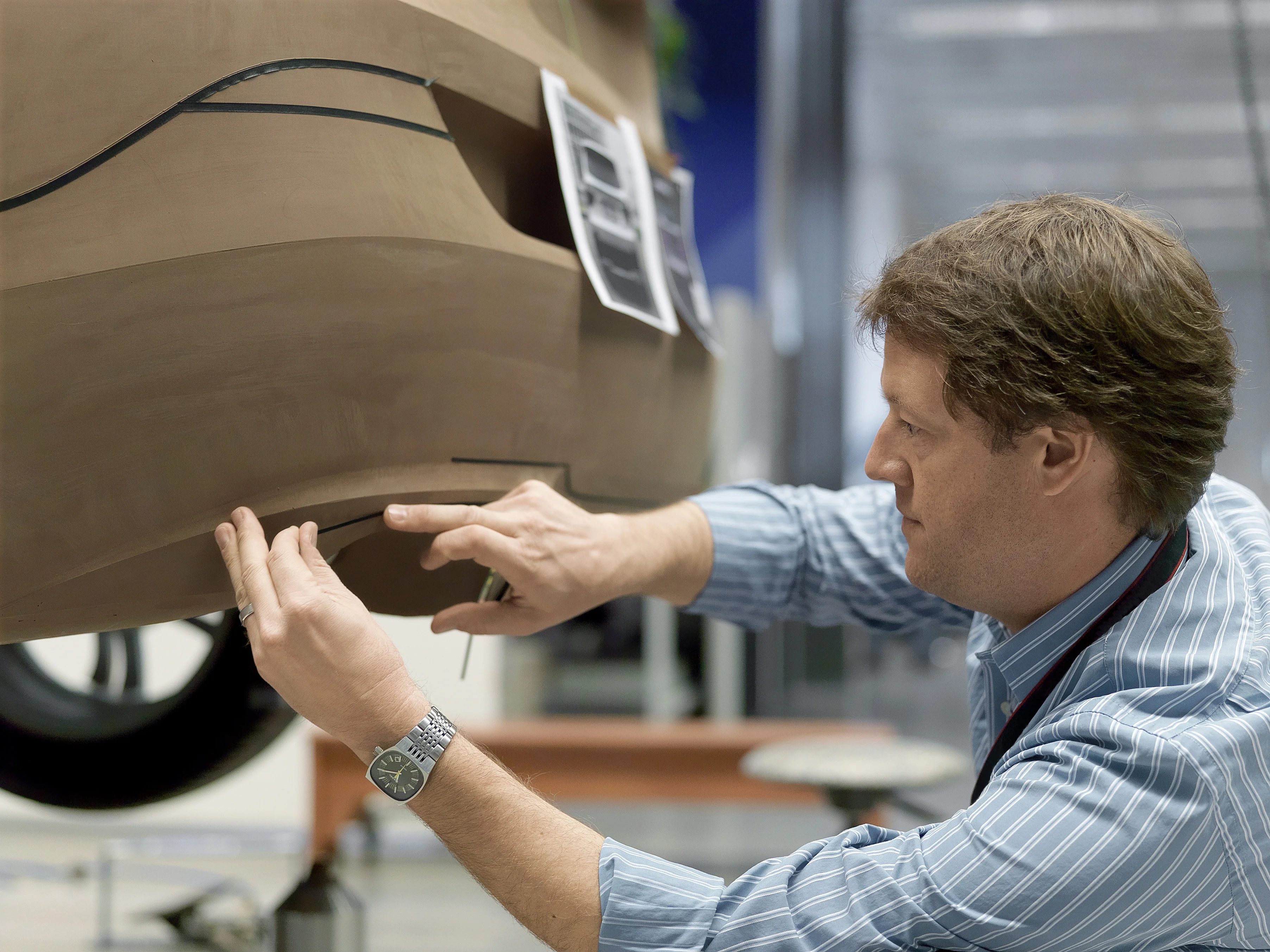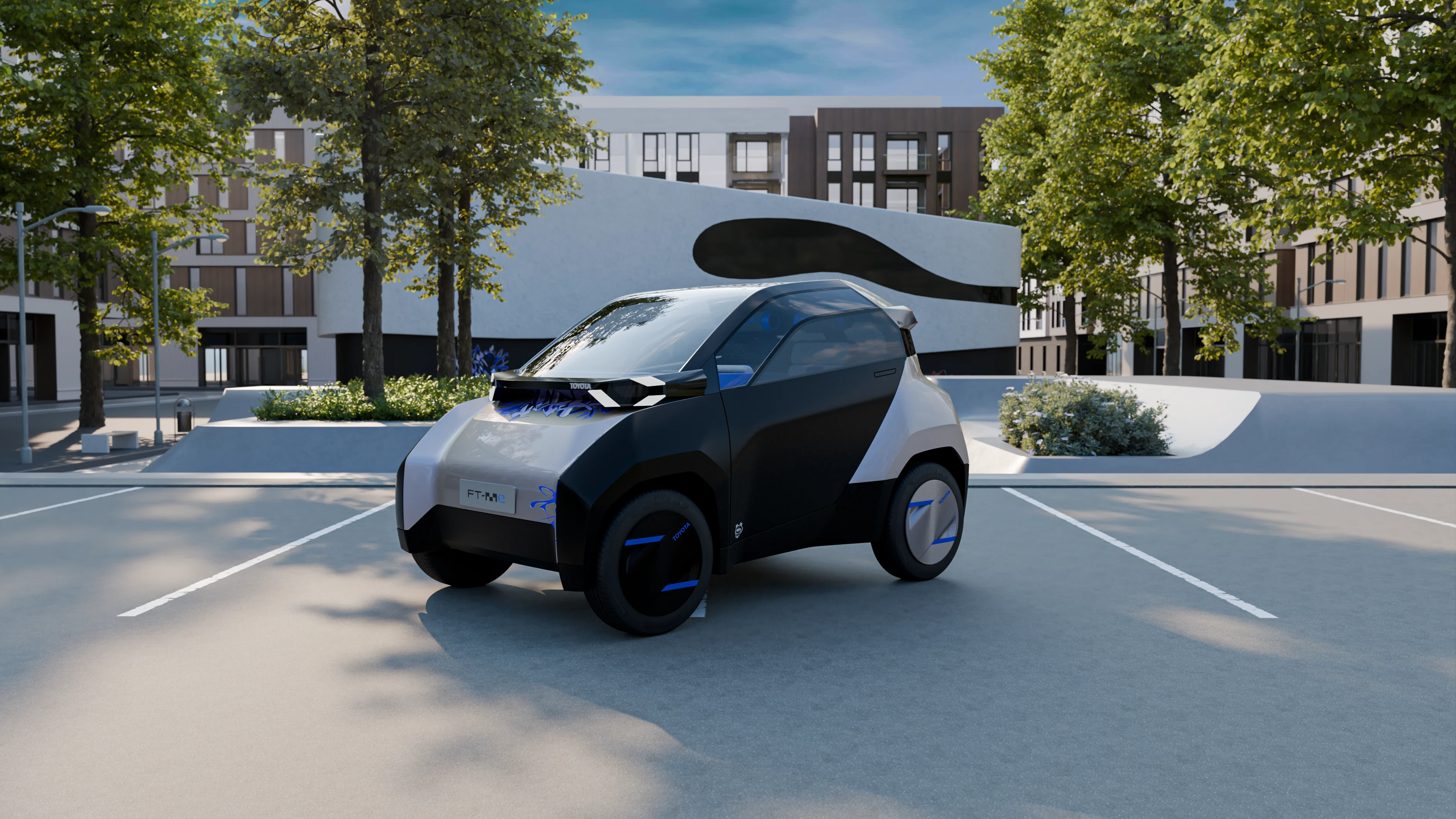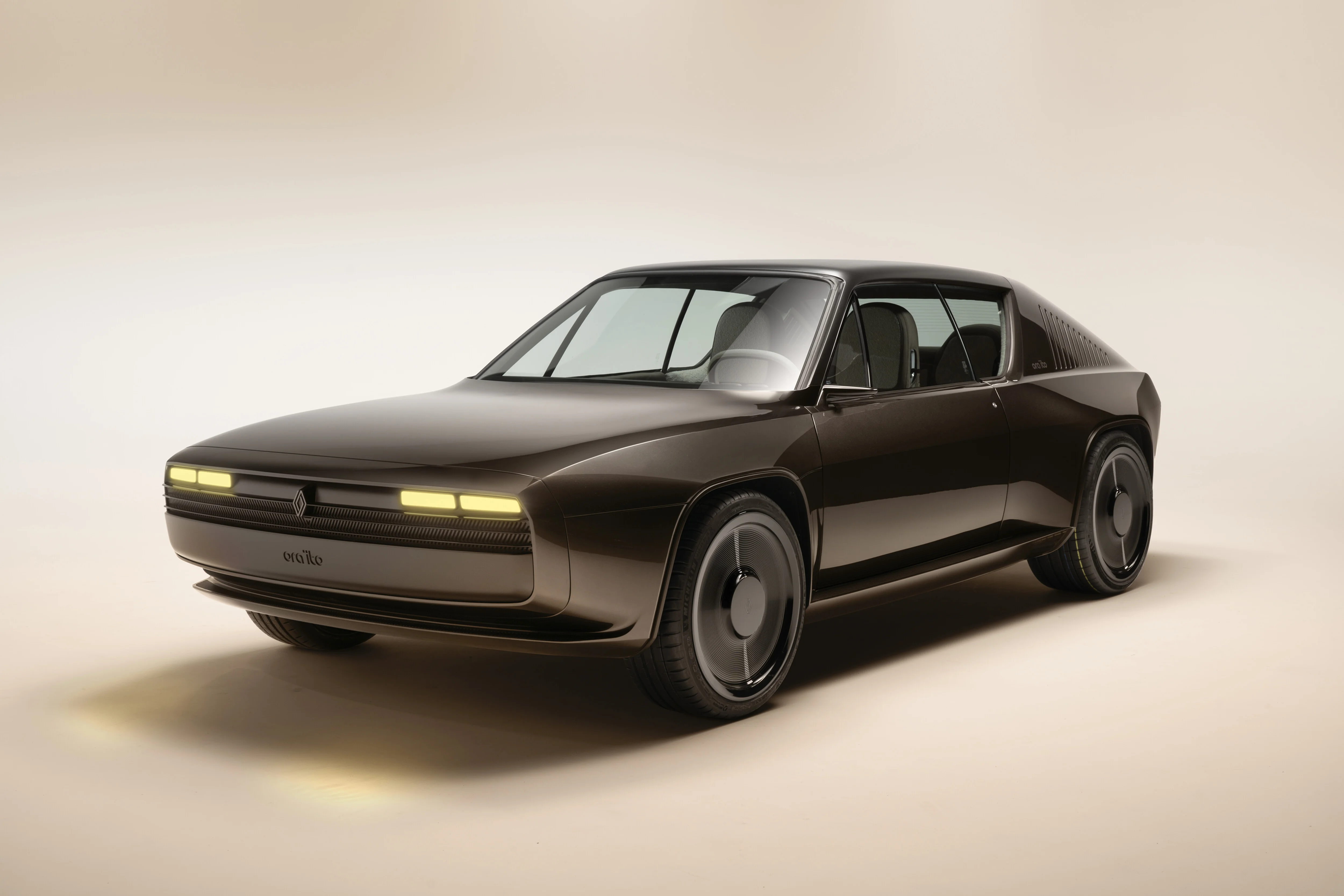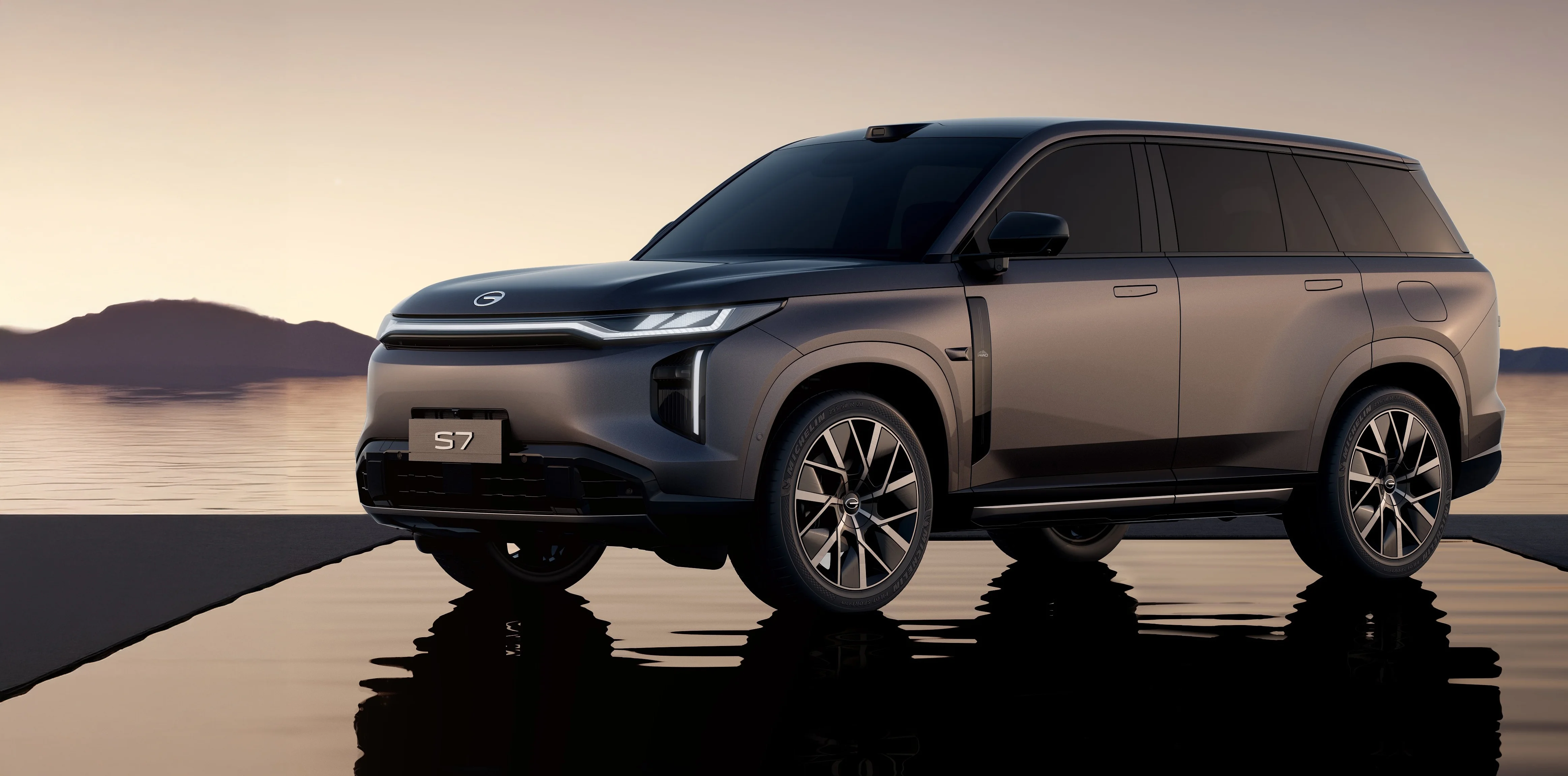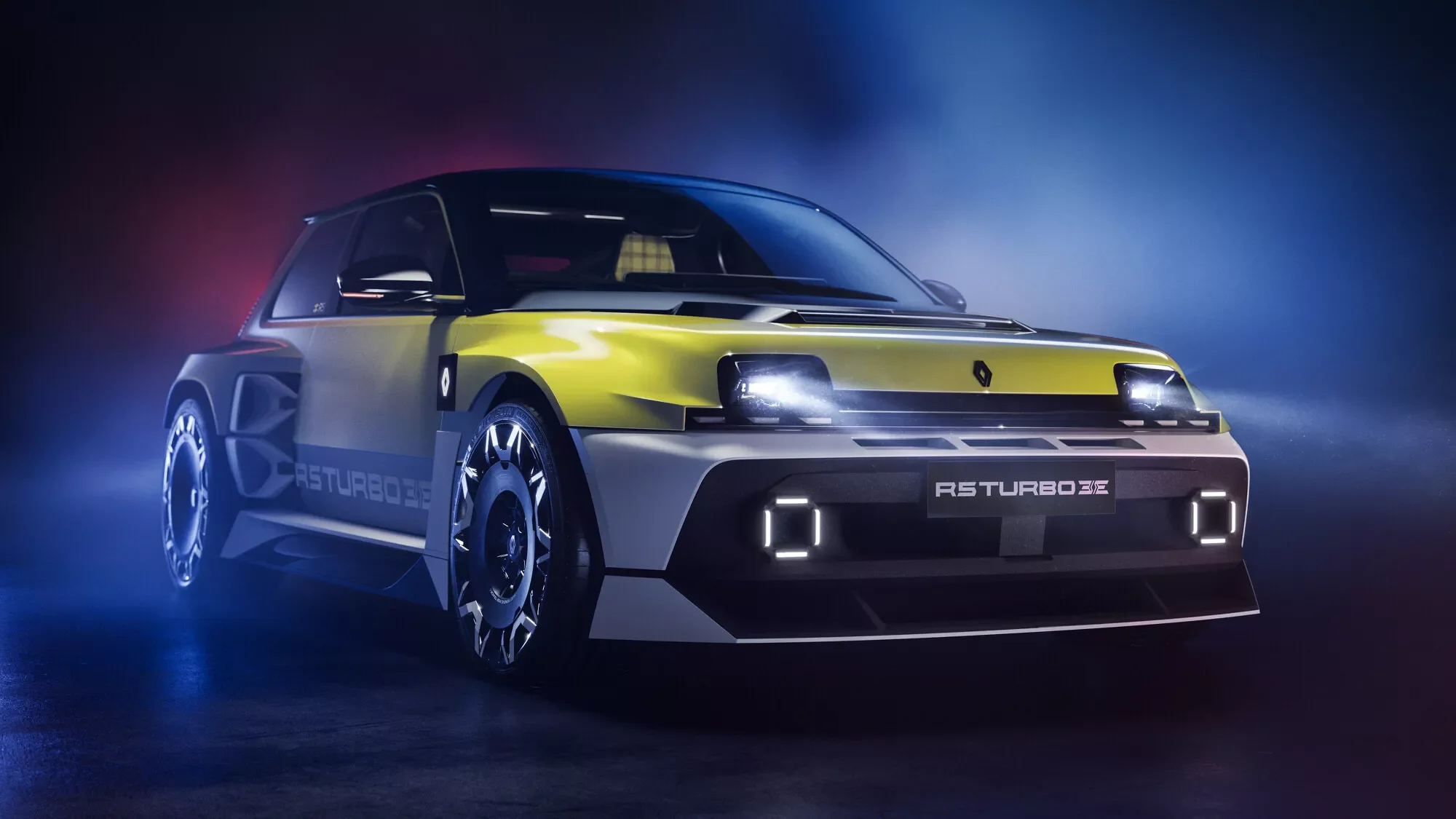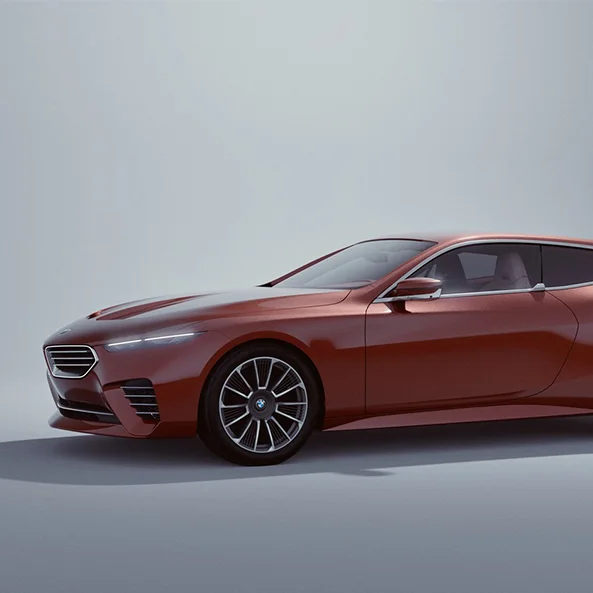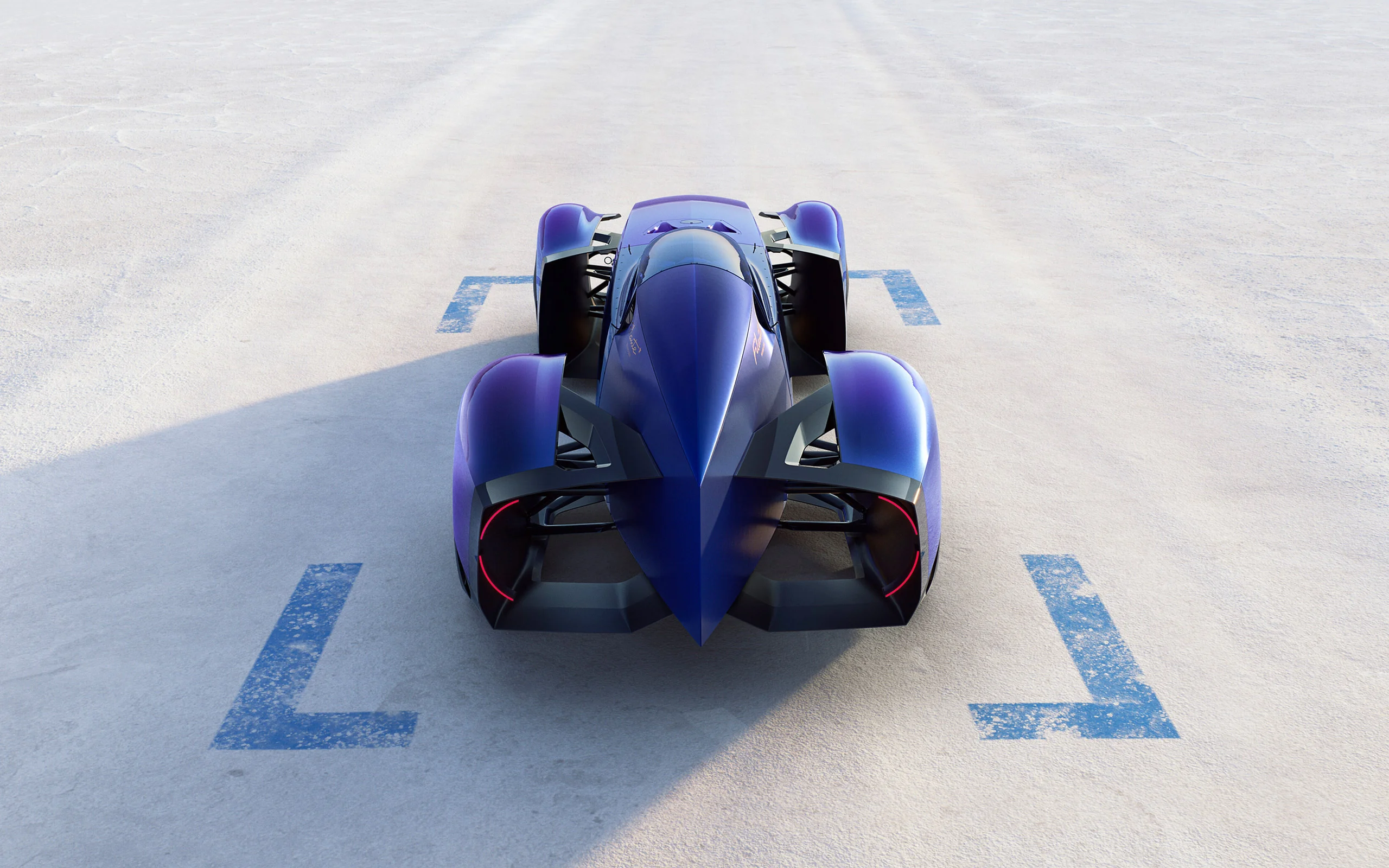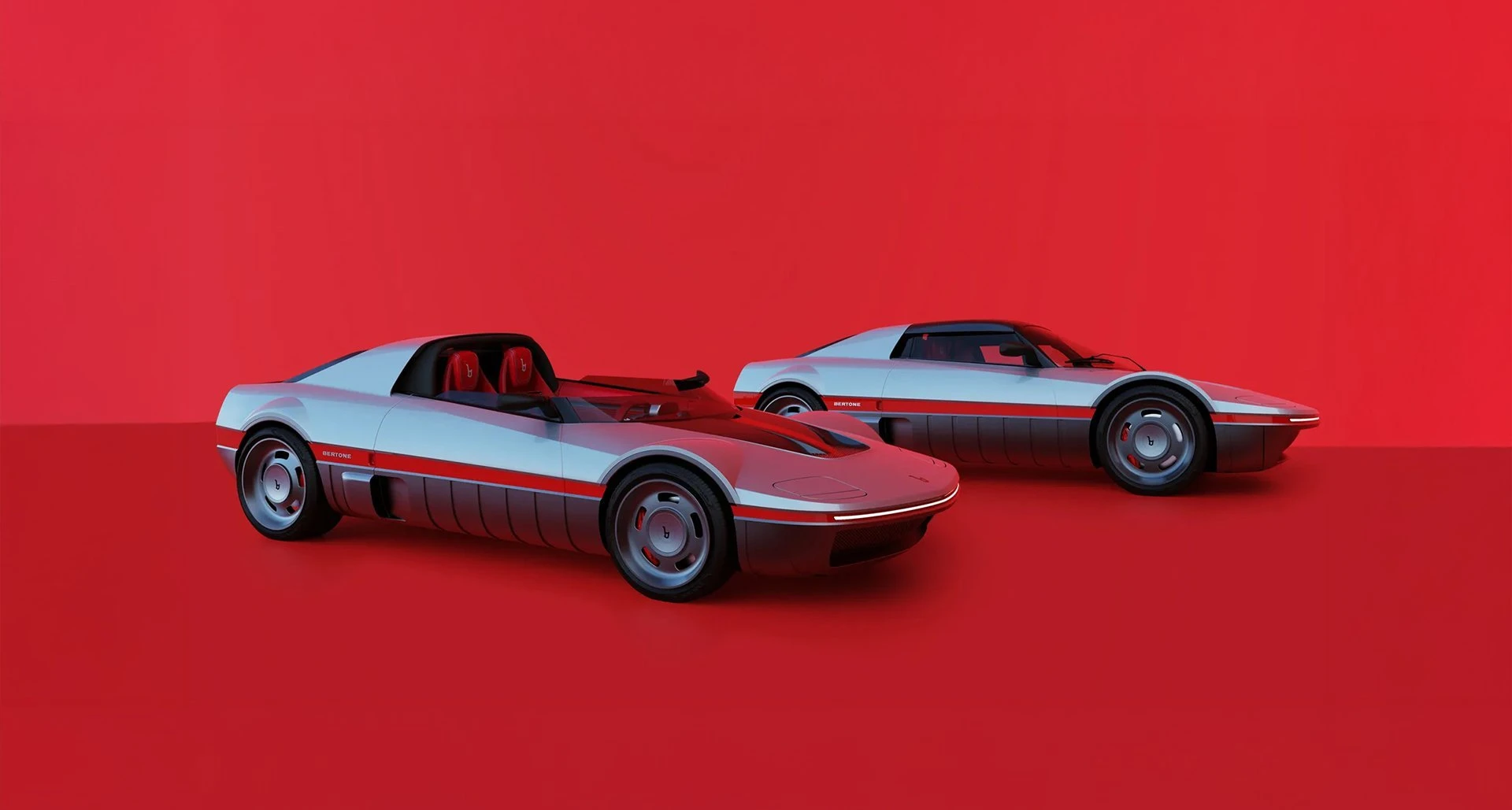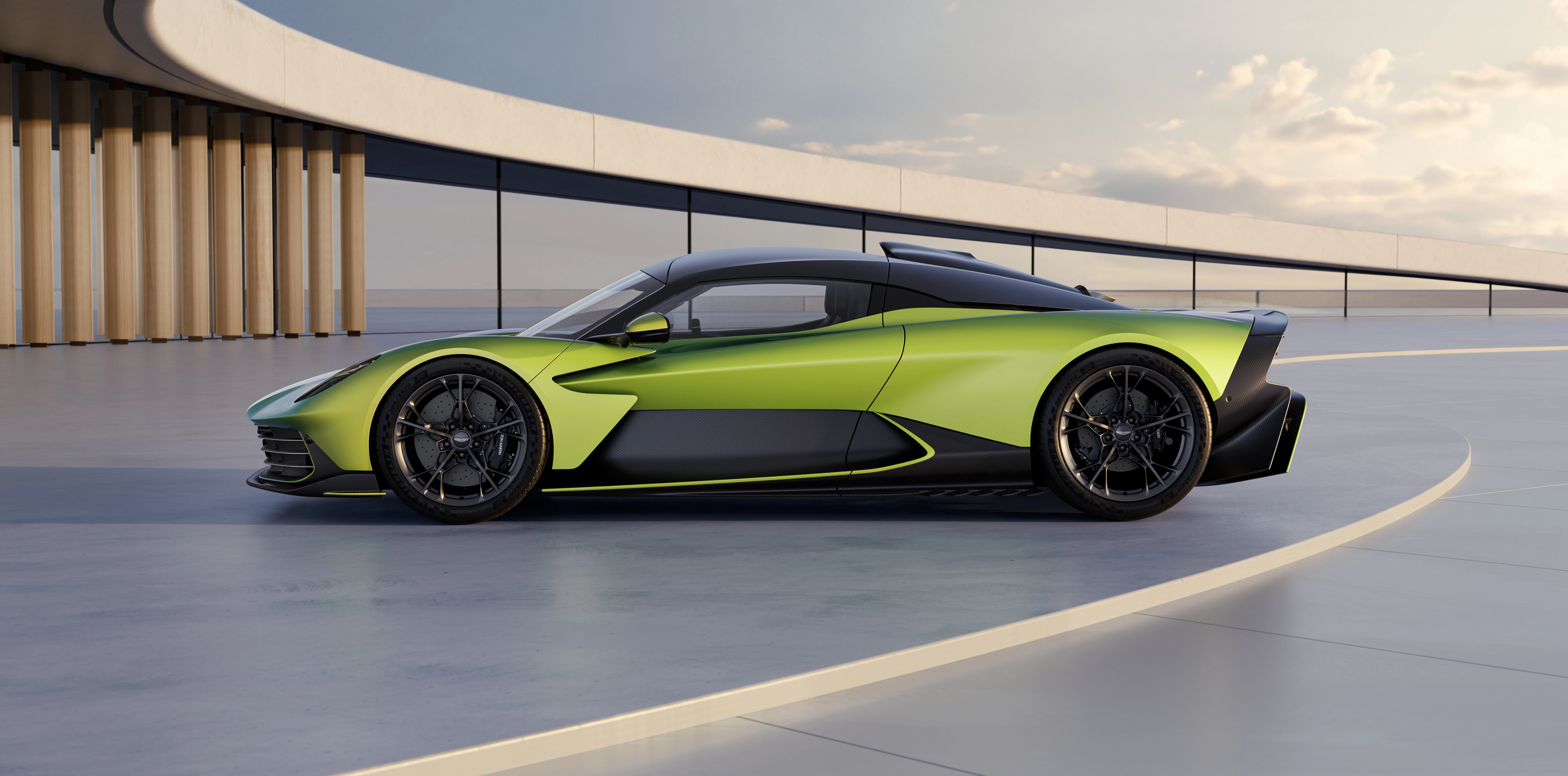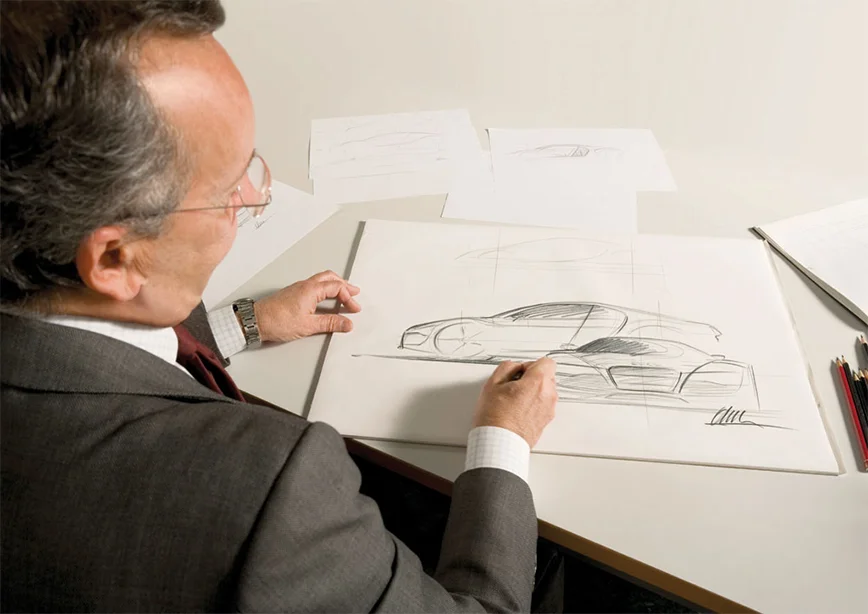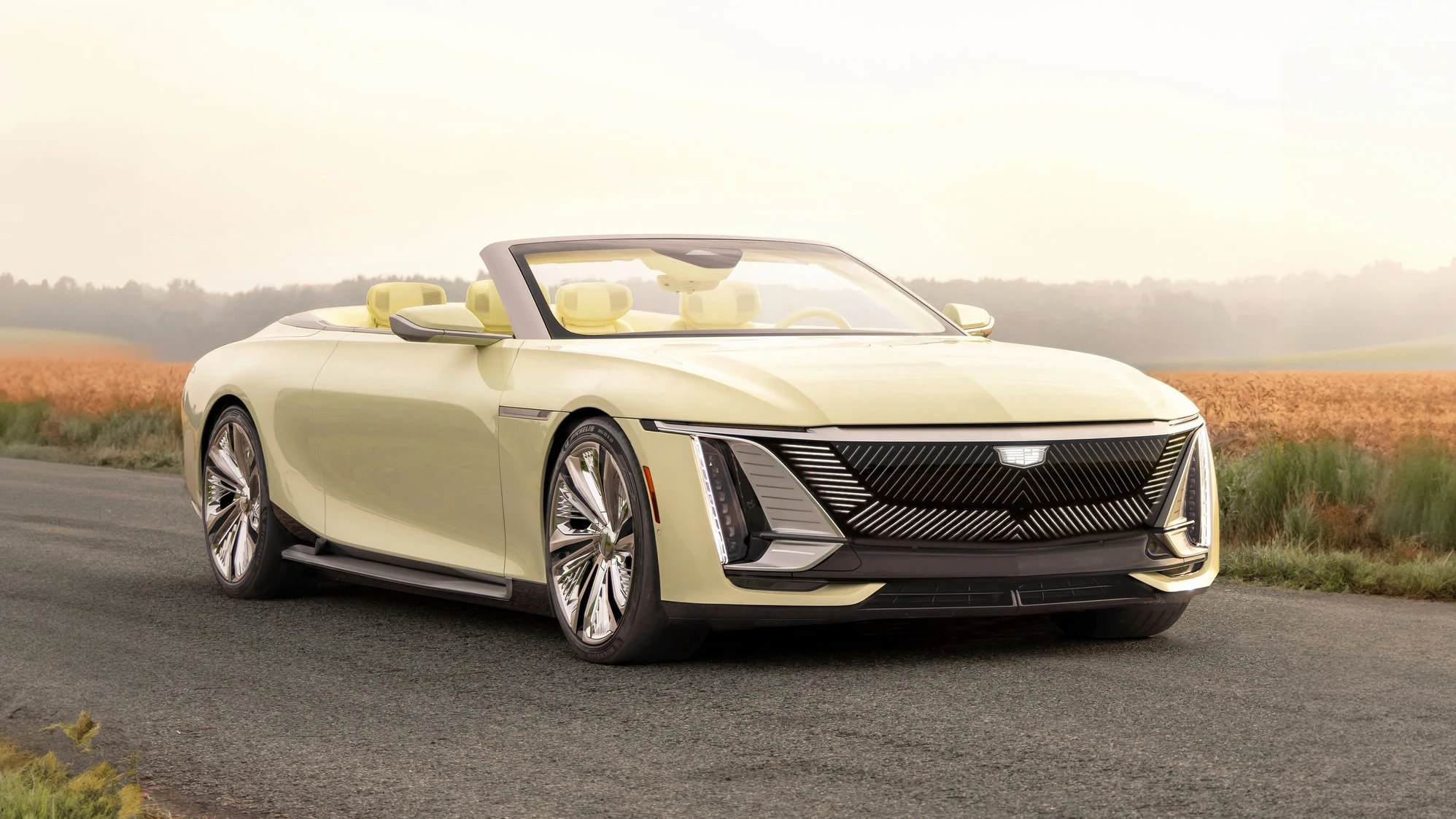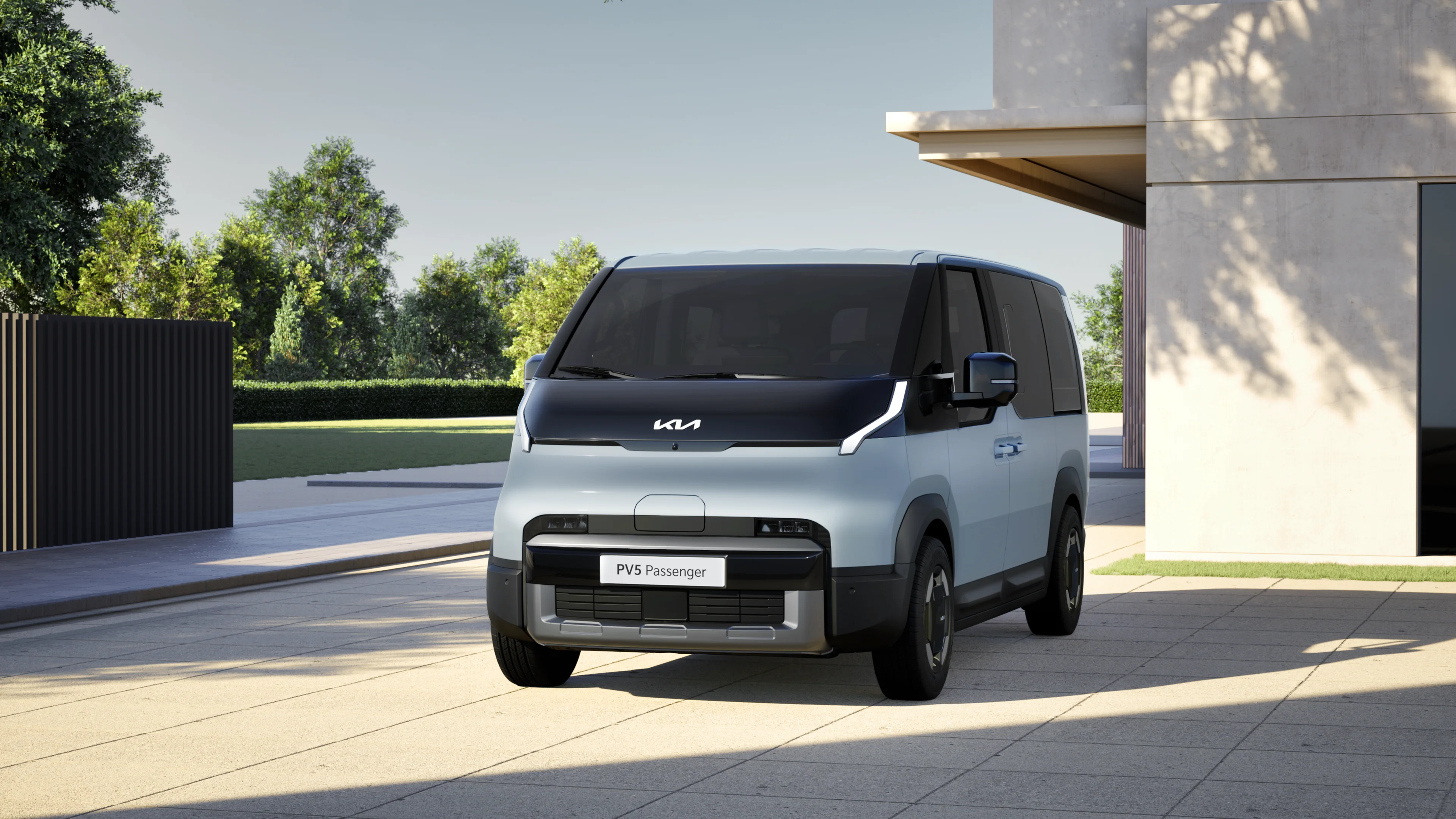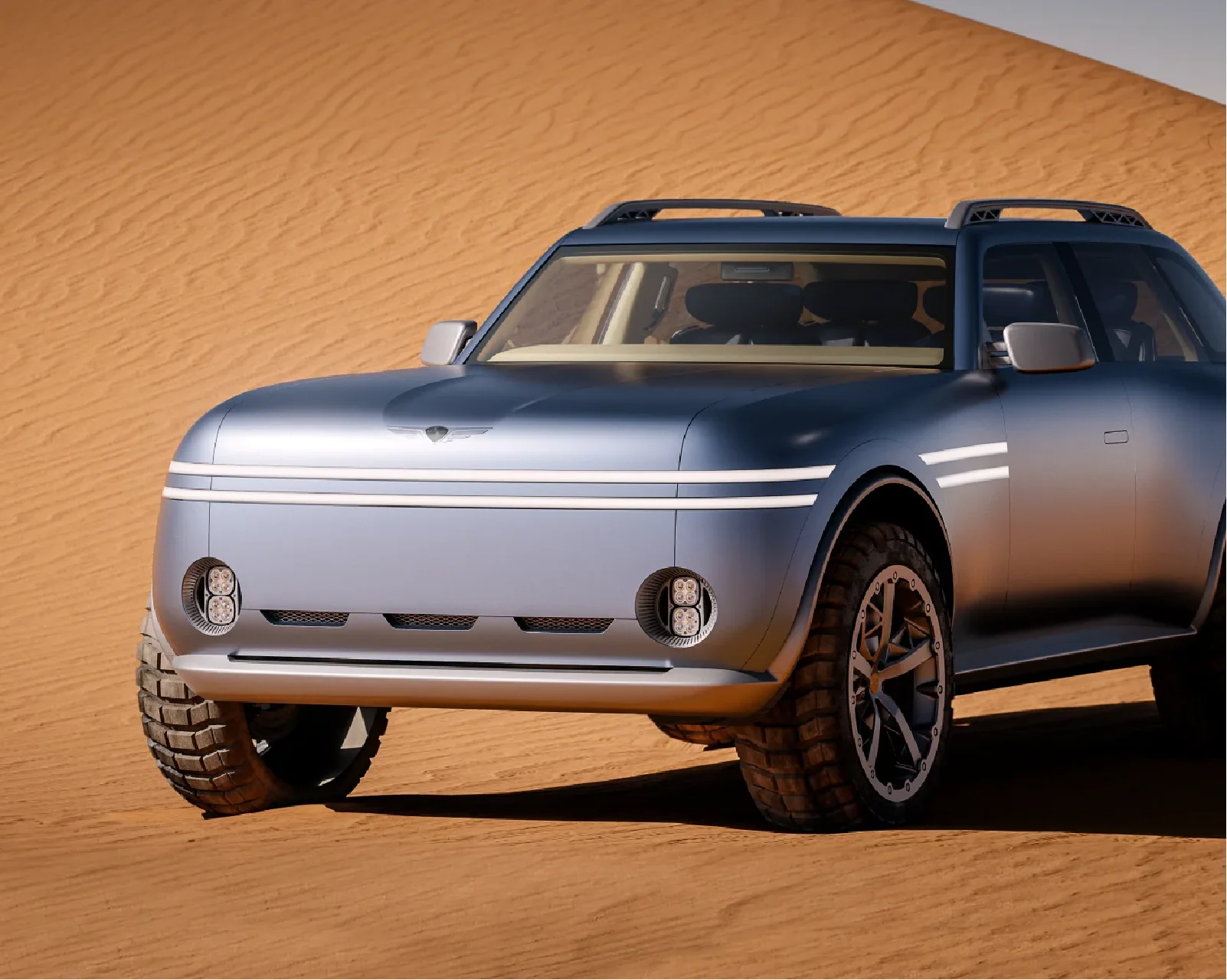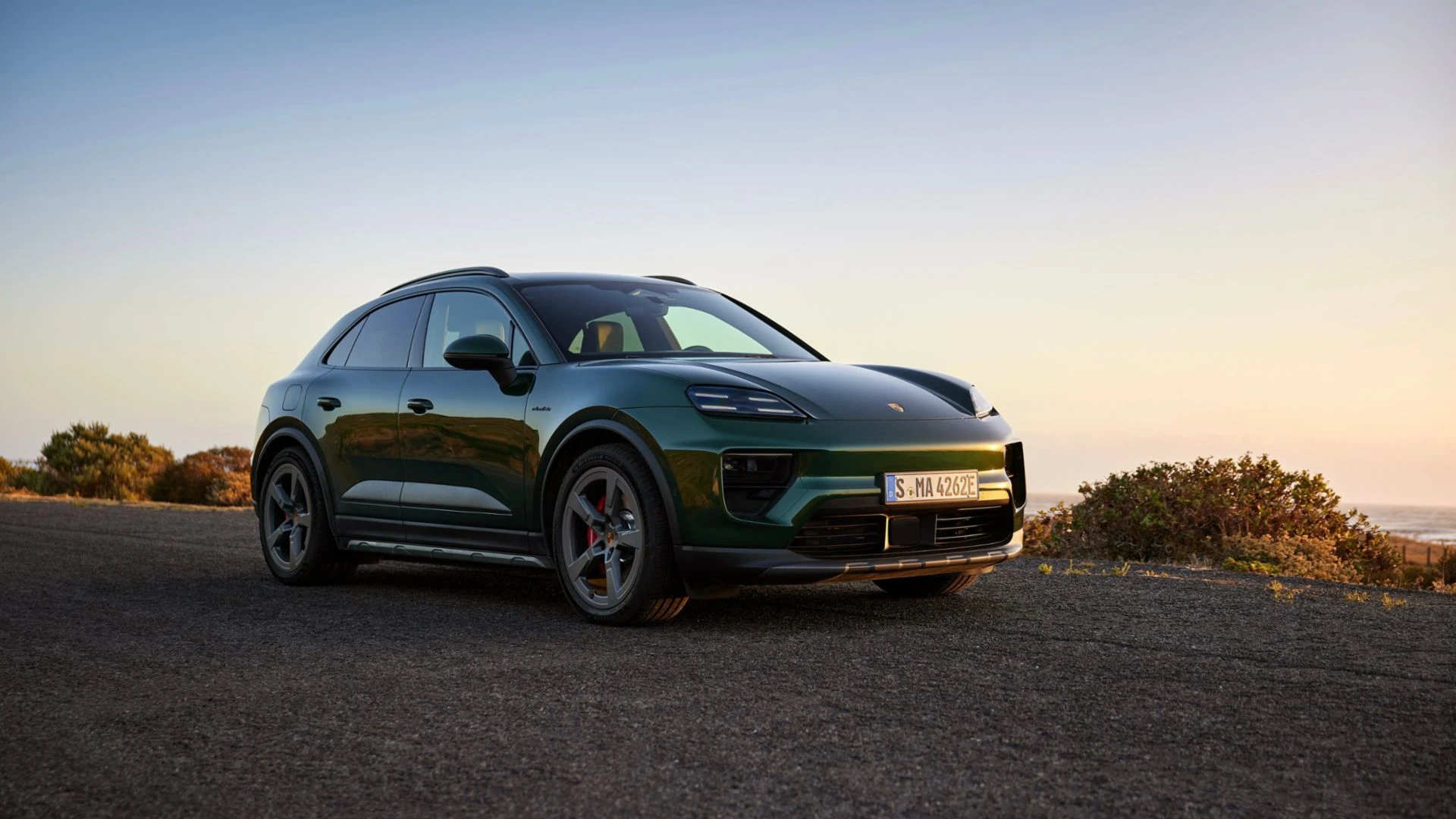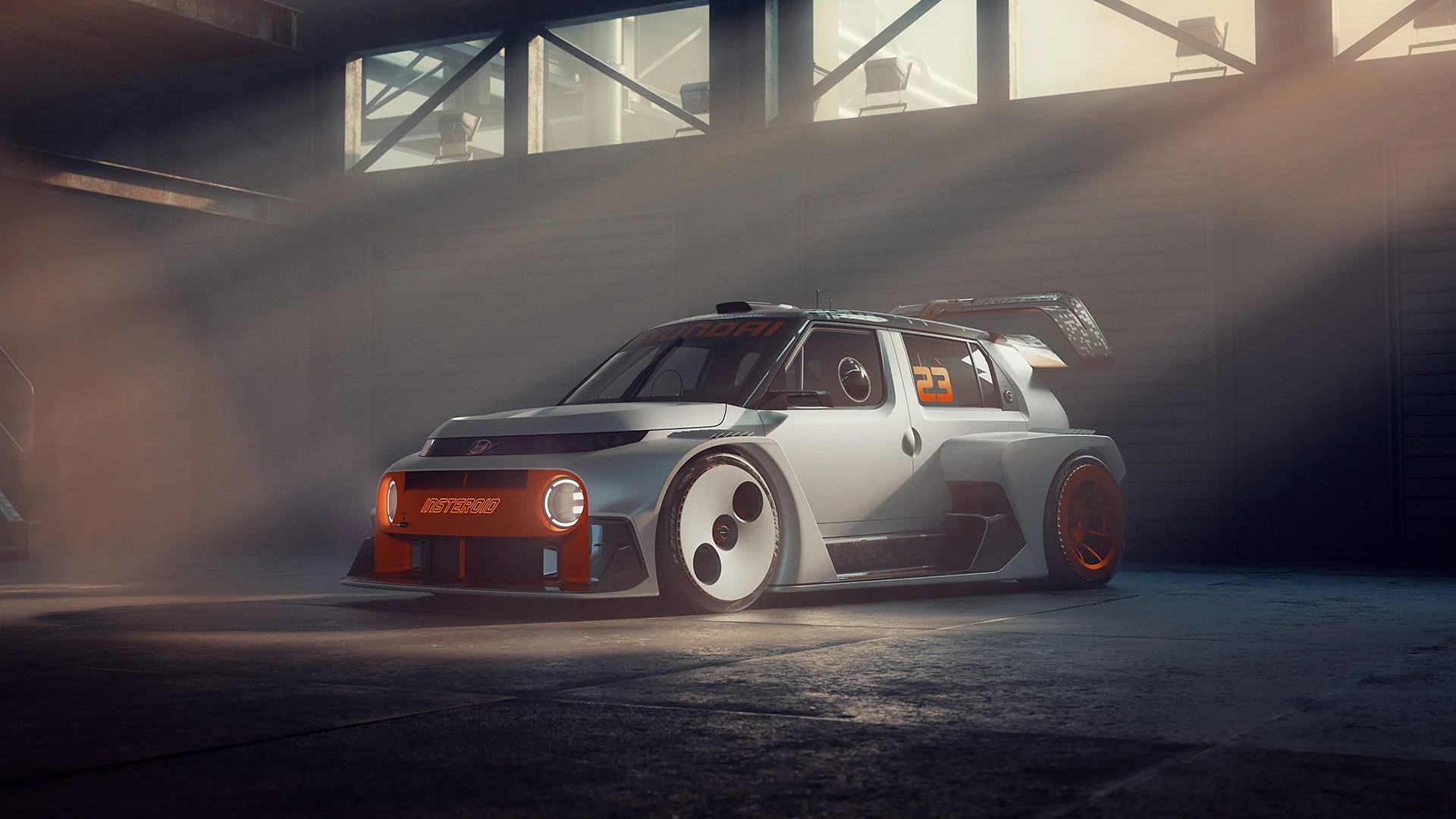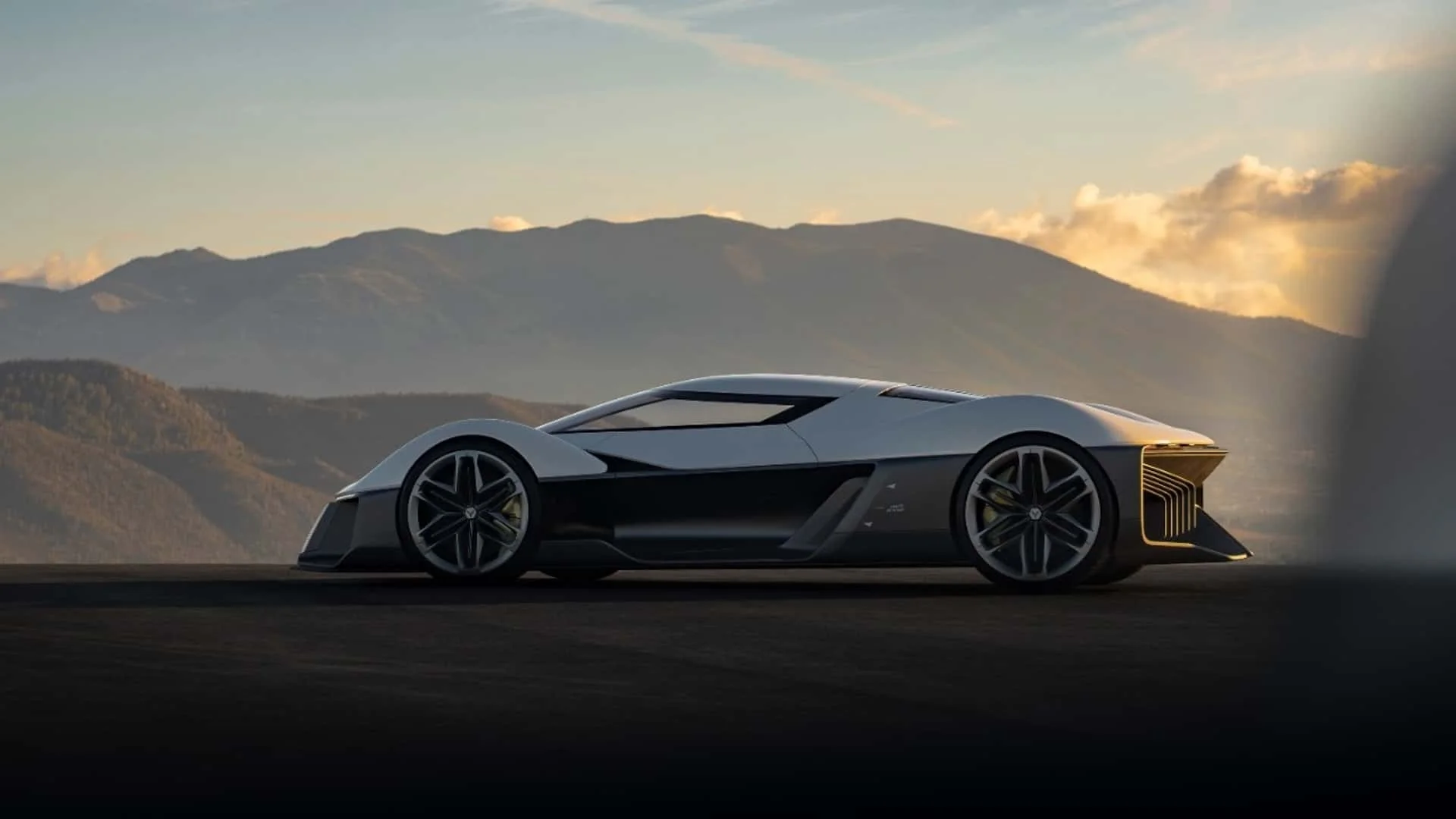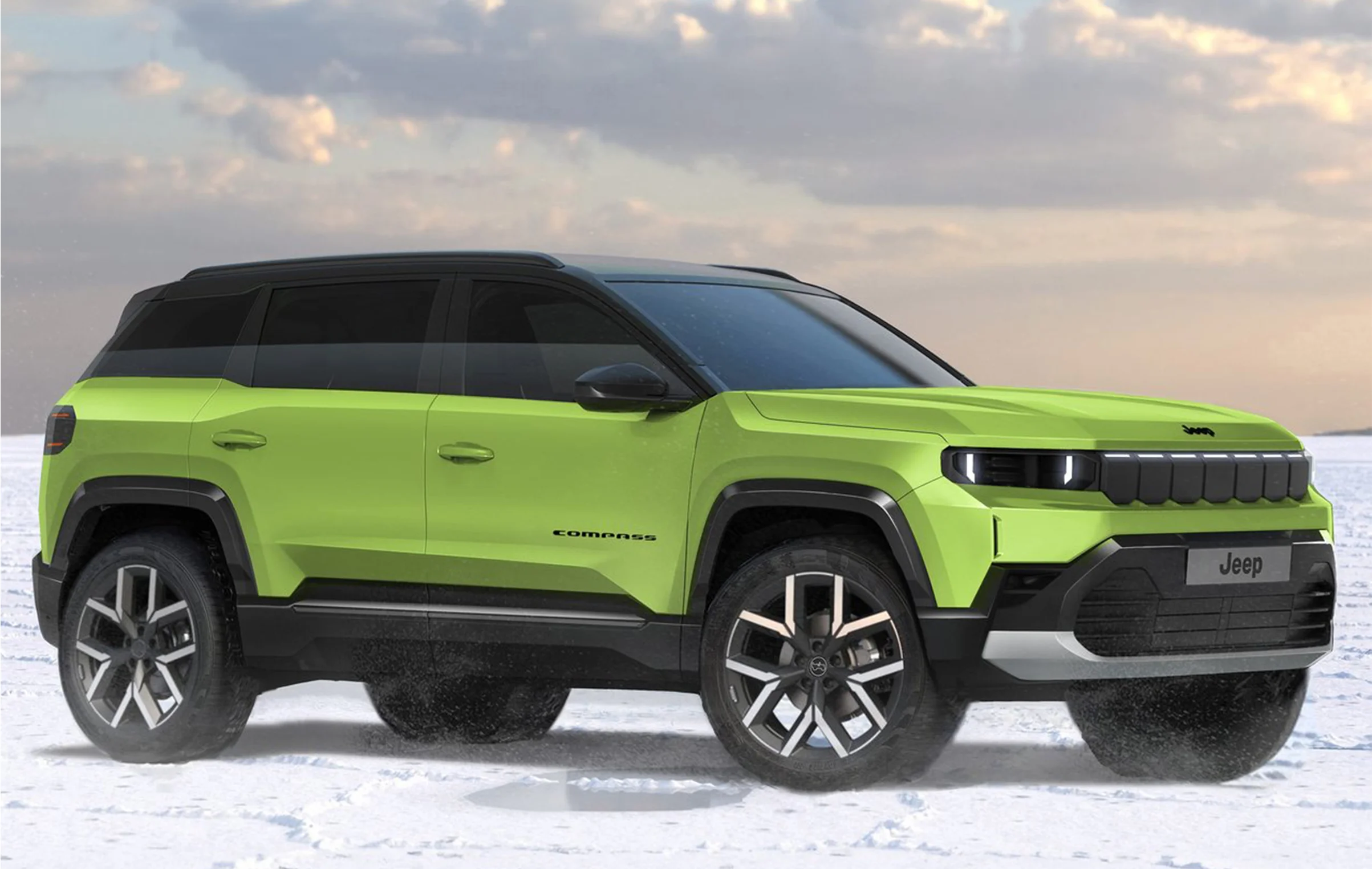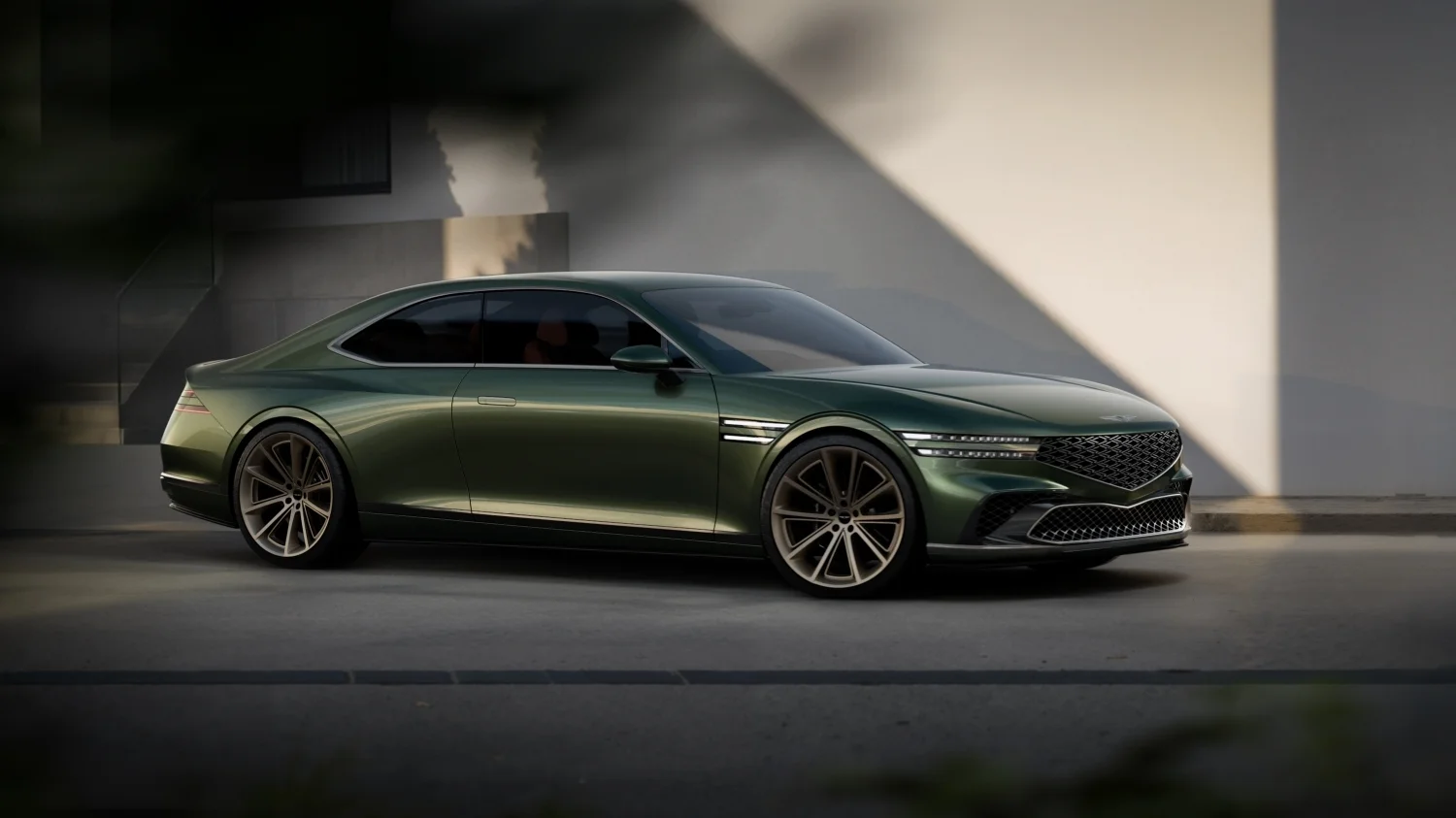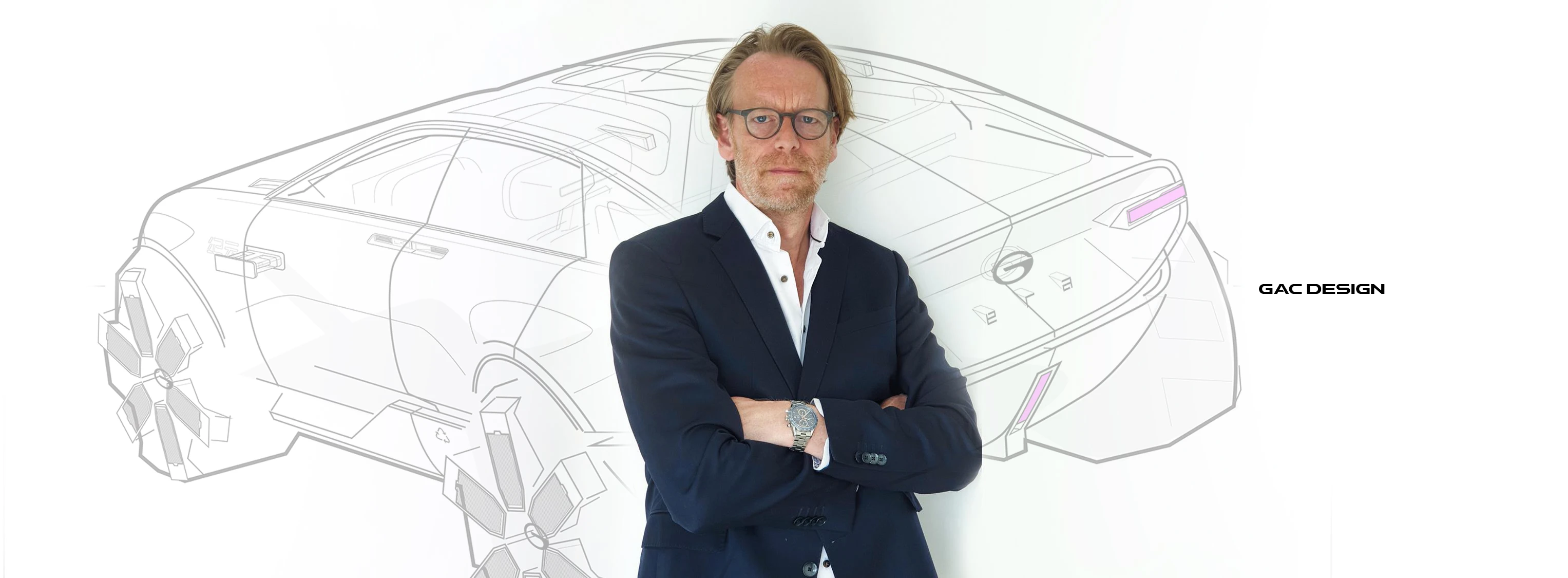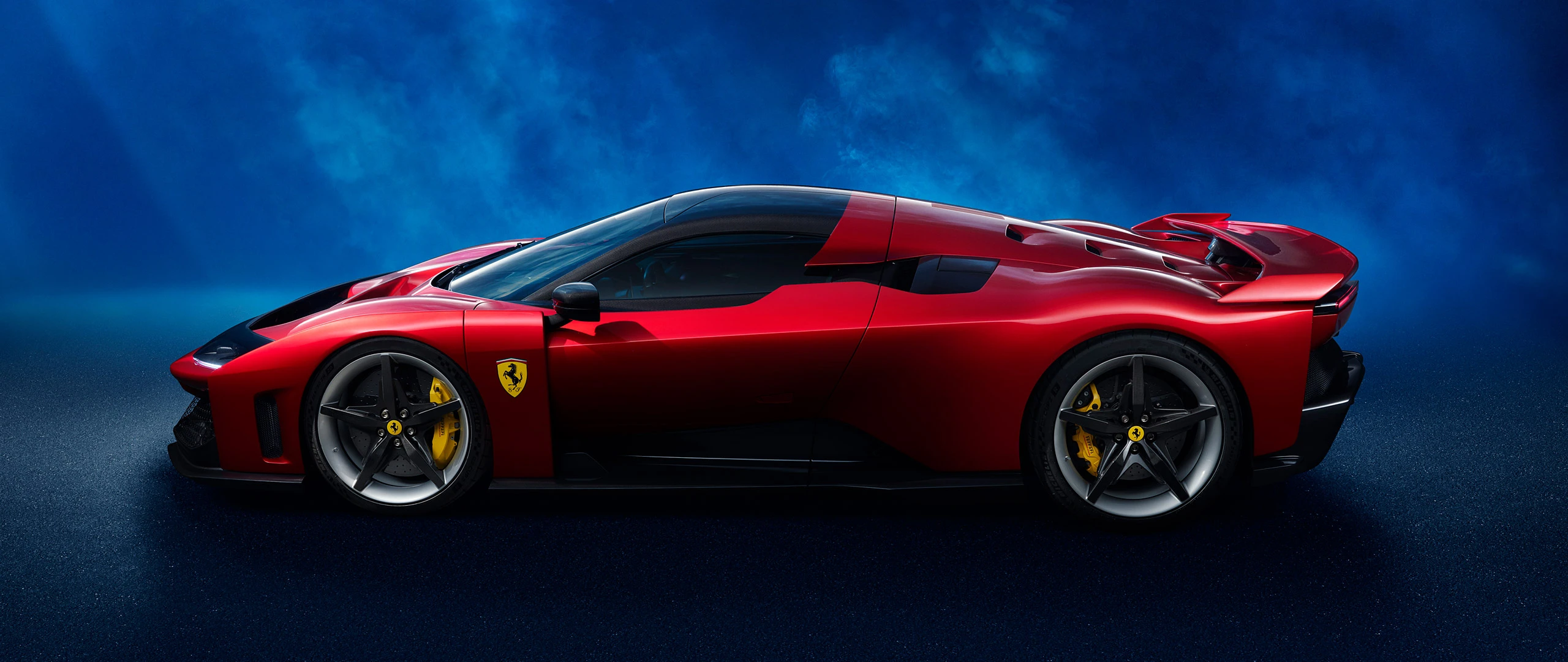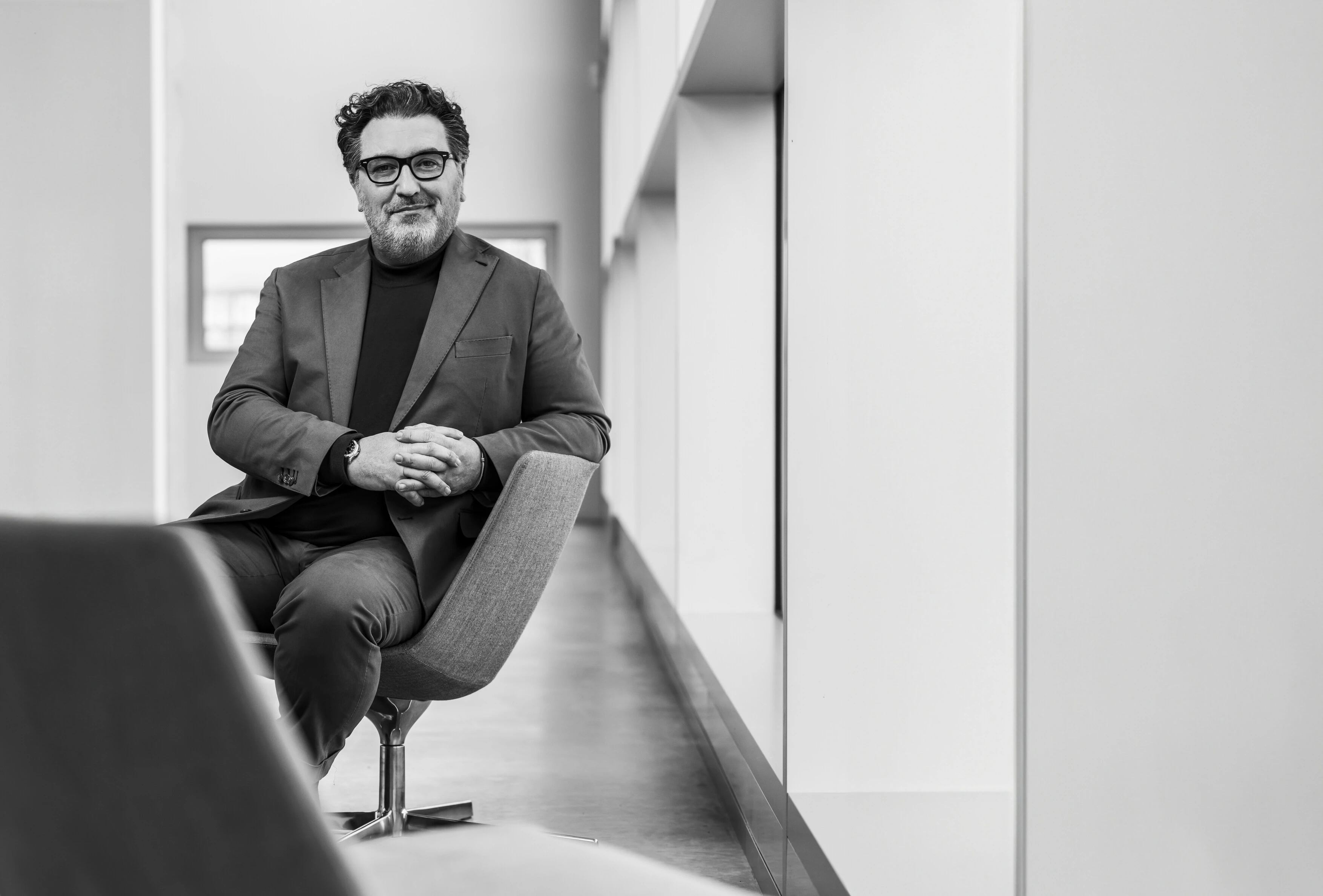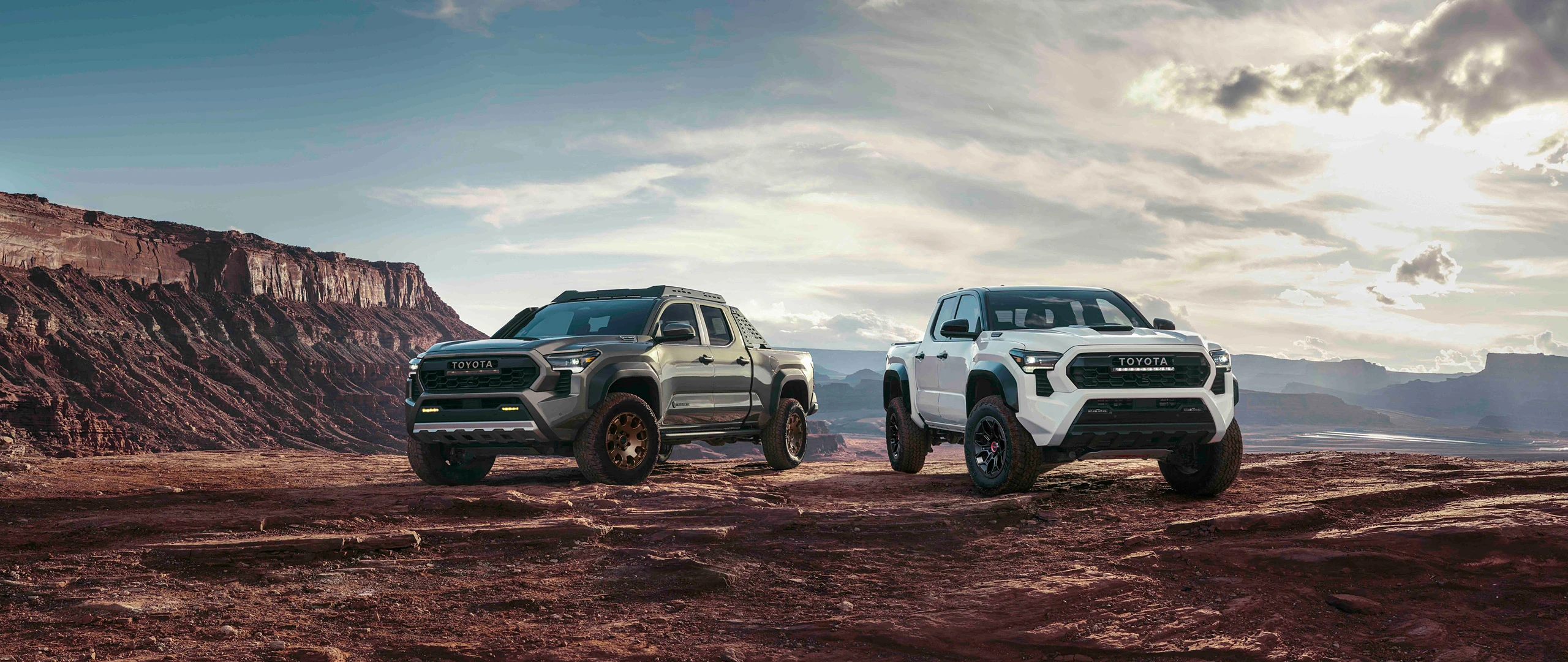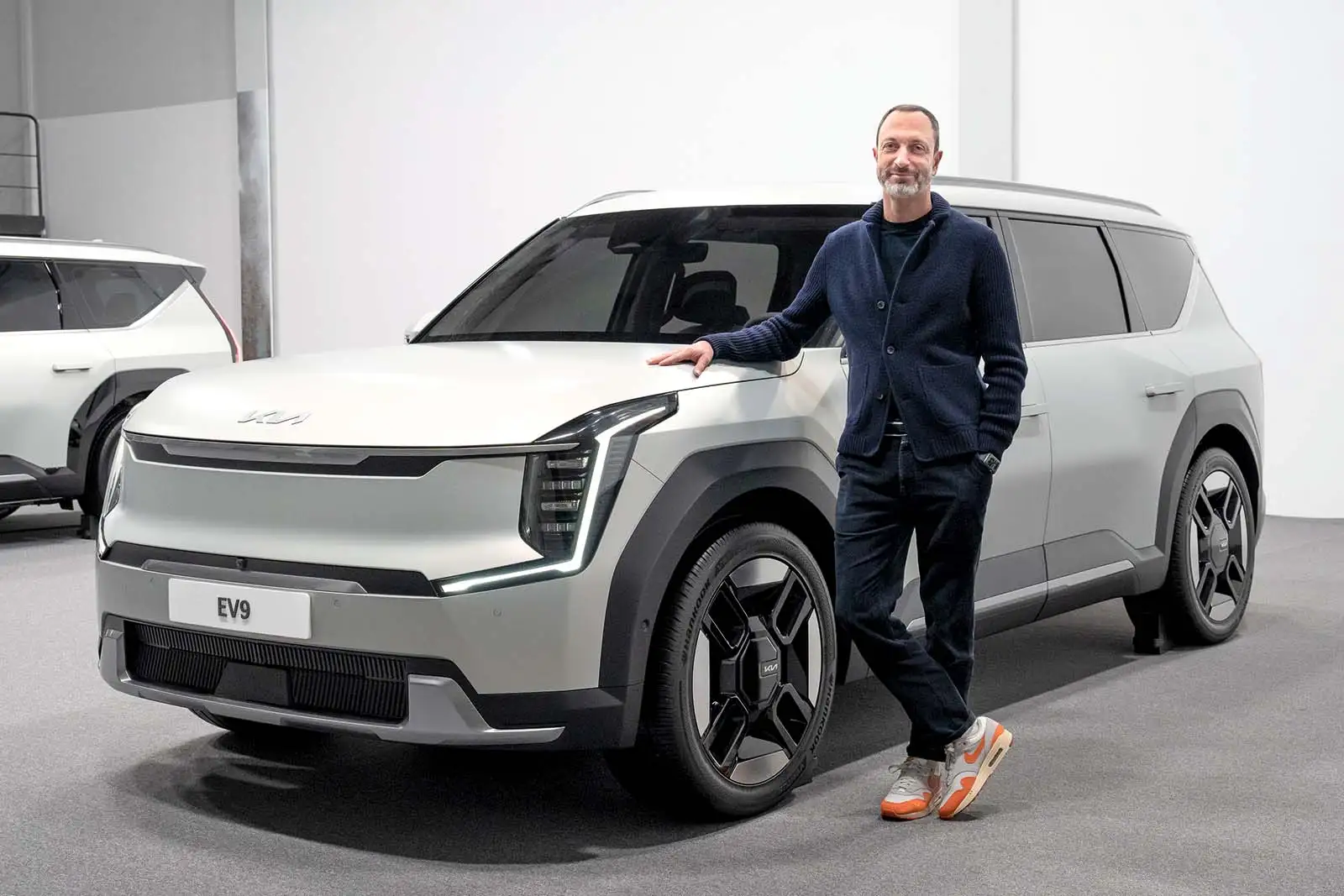How often does a car emerge from a singular, uncompromised vision—driven not by committees or market trends, but by pure passion for design and driving?
In an era where most cars are shaped by consensus, NILU27 stands apart as a rare, focused creation led by Sasha Selipanov, with the support of a small, dedicated team. Realizing such a project demands more than ambition. It takes deep design expertise, engineering discipline, creative courage—and the willingness to step into an arena dominated by brands with decades of legacy and vast resources. The hypercar world is unforgiving, but for Sasha, who shaped icons like the Lamborghini Huracán, Bugatti Chiron, Koenigsegg Gemera, and CC850, it was time to create something personal. Something free from compromise. NILU27 is the result—a hypercar built for those who crave a raw, analog driving experience. A machine that blends brutal function with timeless beauty, designed to stir emotion at every glance and every corner. From the start, Sasha led the vision, driving the project from concept through to reality. But he didn’t walk the path alone. Key collaborators, including renowned designer Etienne Salomé, contributed to the development of the interior—helping shape a cockpit that is as focused and honest as the car itself. A team of talented CAD specialists and engineers supported the project along the way, translating bold ideas into precise, buildable reality. The result reflects not just one mind, but a shared commitment to purity and performance.
The exterior design is strikingly analog. A low, aggressive nose and forward-set greenhouse recall Sasha’s personal homage to the Ferrari 330 P4. The open rear end, exposing mechanical elements, nods to the raw architecture of 1960s Formula 1. Sculpted side panels channel air to deep intakes, while signature NACA ducts feed air to the engine intakes—an homage to the Countach, yet entirely functional.
At the rear, the car becomes a study in mechanical sculpture. Every component exposed; every line purposeful. The taillights are minimalist, old-school by design. The wheels—flat, 5-spoke, and brutally simple—reflect Sasha’s belief that beauty and lightness go hand in hand.
Inside, it’s all about the essentials. No screens, no distractions. A small, round steering wheel, offset analog gauges, a tall 7-speed gear lever inspired by rally cars, and ignition switches mounted on roof console—all chosen for tactile engagement and visual drama. Etienne Salomé’s touch helped refine this space, ensuring it remains raw but beautifully resolved.
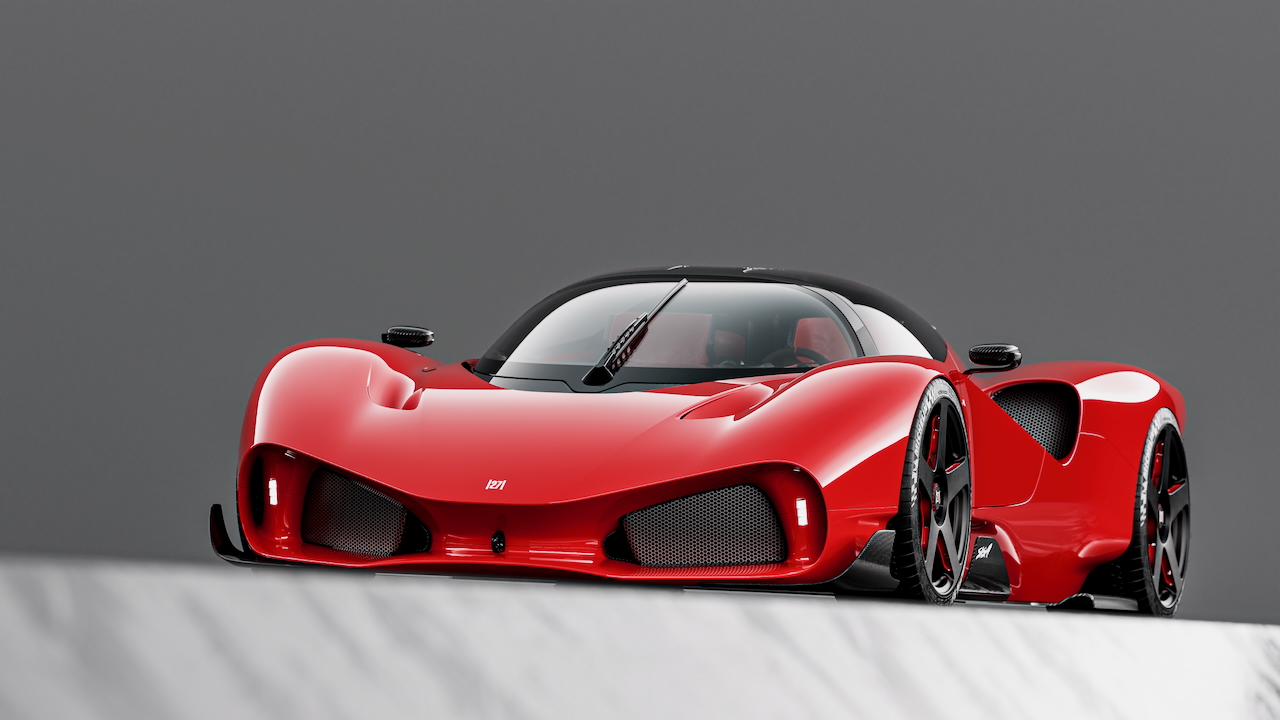
The name NILU is personal—a tribute to Sasha’s daughters. “27” echoes the spirit of Gilles Villeneuve, whose F1 cars of the 1980s embodied fearless speed and character. The NILU carries that same spirit. With its planted stance, exposed suspension, and every element stripped of excess, it’s a car that puts driving emotion above all.
At its heart is a bespoke V12 engine developed by Hartley Engines in New Zealand—a hot-vee, naturally aspirated masterpiece paired with a 7-speed manual. Air flows through the individual throttle bodies, and exhaust exits between the headers—a motorsport-derived layout chosen for purity and performance.
But beyond the specs, NILU27 is about emotion. About creating a car that connects deeply with those who see driving as an art form.
We sat down with Sasha Selipanov to explore the philosophy behind this extraordinary creation—and the team effort that made it possible.
Why did Nilu27 start? What was the reason behind this journey?
My ultimate dream was never just to be a car designer, I always wanted to create cars. At the start of my studies, I naively believed that our profession would grant that opportunity. In reality, the traditional path of a car designer is often limited to styling and fashion, far removed from vehicle architecture, engineering, performance, business strategy, and the rest of what truly makes a car.
From the beginning, I felt confined by this narrow mold and made it my mission to learn as much as I could about the adjacent disciplines. It took over two decades of experience and cross-functional work to gain the knowledge and confidence necessary to build a car from the ground up.
In this sense, Nilu27 is both a new beginning and the culmination of everything that came before, a natural next step that brings together everything I’ve learned and everything I’ve always wanted to do.
⸻
Why supercars, and specifically a rear mid-engine architecture, when you’ve also designed masterpiece GTs?
I’m drawn to extremes, and I believe in form following function. Extreme function demands extreme form. Rear mid-engine sports cars are the pinnacle of performance, the “apex predators” of the automotive world.
While I love the grace and timelessness of grand tourers, I felt that our new brand needed a bold, no-compromise introduction. A hypercar, especially with this kind of layout, was the perfect way to showcase our DNA and declare our vision with clarity.
⸻
Why this specific design DNA? Why soft, smooth surfaces instead of sharp or constructed ones?
Again, it comes down to form following function. On the NILU, every surface is shaped by packaging, aerodynamics, and human interaction.
Sharp, faceted forms, like those we see on stealth aircraft, aren’t aerodynamic in a performance sense; they’re designed to avoid radar detection. Yet car designers often borrow those aesthetics simply because they “look cool,” without questioning whether they make sense in an automotive context.
I wanted to avoid empty gestures. On the NILU, fender volumes are direct offsets of the wheel envelopes (There is an air duct above the rear wheel which lifts the rear fender a bit higher). Tight cross sections and negative radii help shrink-wrap the body for better aerodynamic performance. Smooth longitudinal curves preserve laminar airflow. Every element, inside and out, is designed with purpose, yet still delivers emotional and aesthetic impact.
⸻
Can you describe the evolution of your proposals? Why didn’t you stop at version two or three? What made you settle on the final one?
I began designing what would become NILU back in 2006–2007. The earliest sketches and models date from that time, and the journey since has been one of constant iteration and growth.
Each version reflects a different phase in my development, not just technically, but artistically. Sometimes, things click right away. Other times, the ideal solution feels just out of reach, and you have to keep pushing.
With NILU, it was a bit of both. The core theme came together quickly and naturally, but perfecting it, refining every surface, proportion, and detail, took years.
“I stopped when I felt there was nothing left to take away. When it finally felt inevitable”
Below are exclusive images presented by Sasha featuring development from first pen stroke sketches to the final production car - which is, indeed, every car designer’s dream.
It all started with early development sketches:
